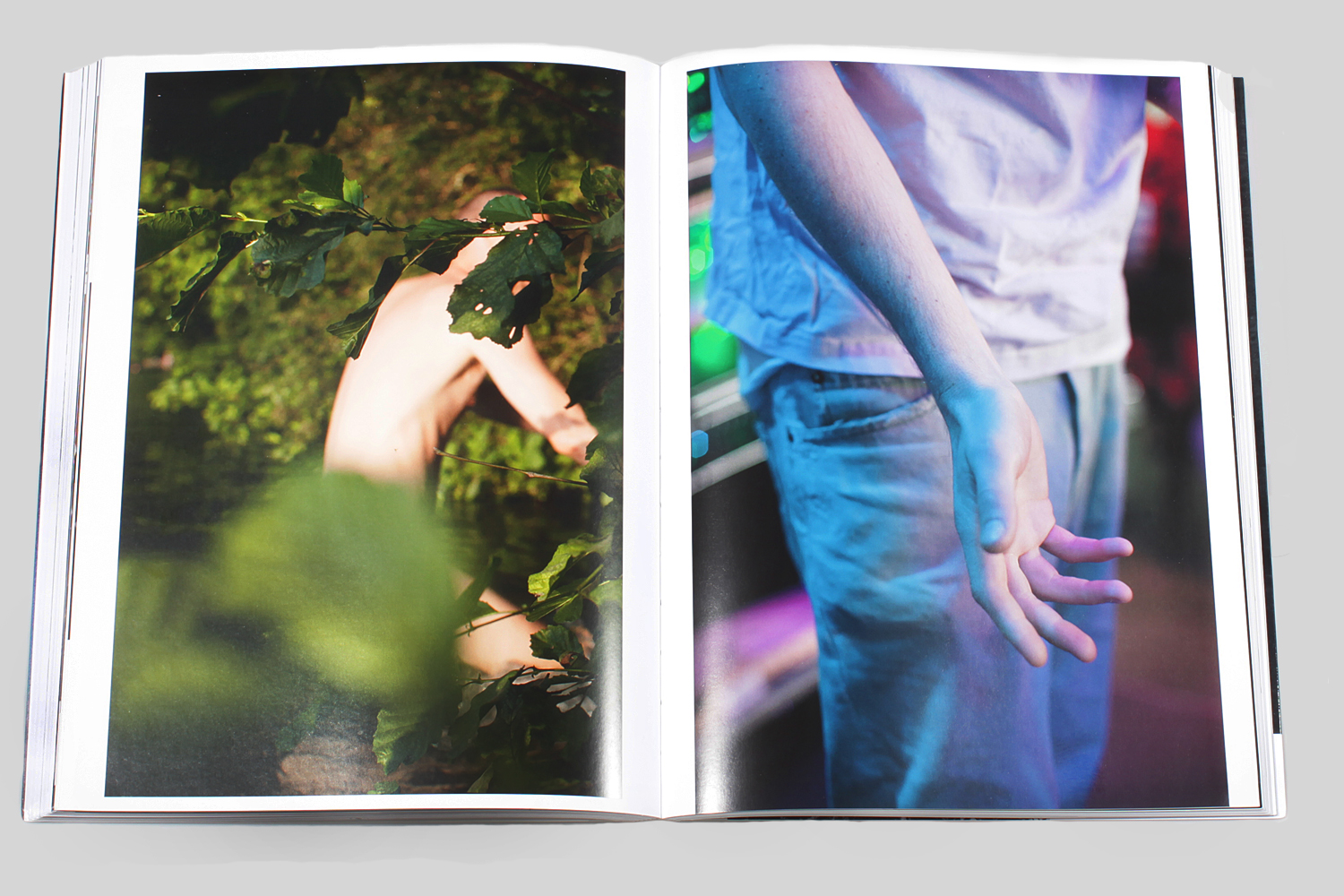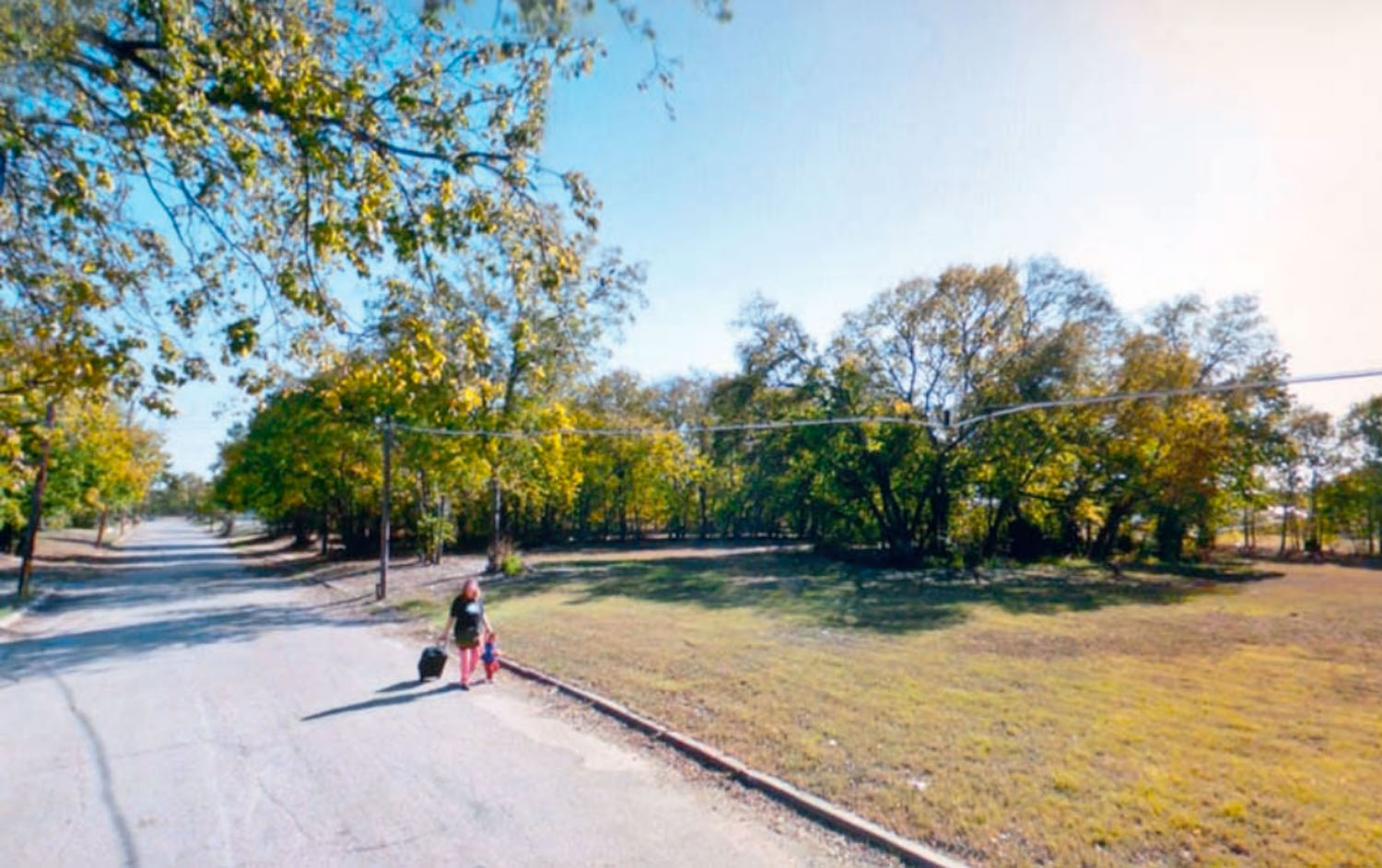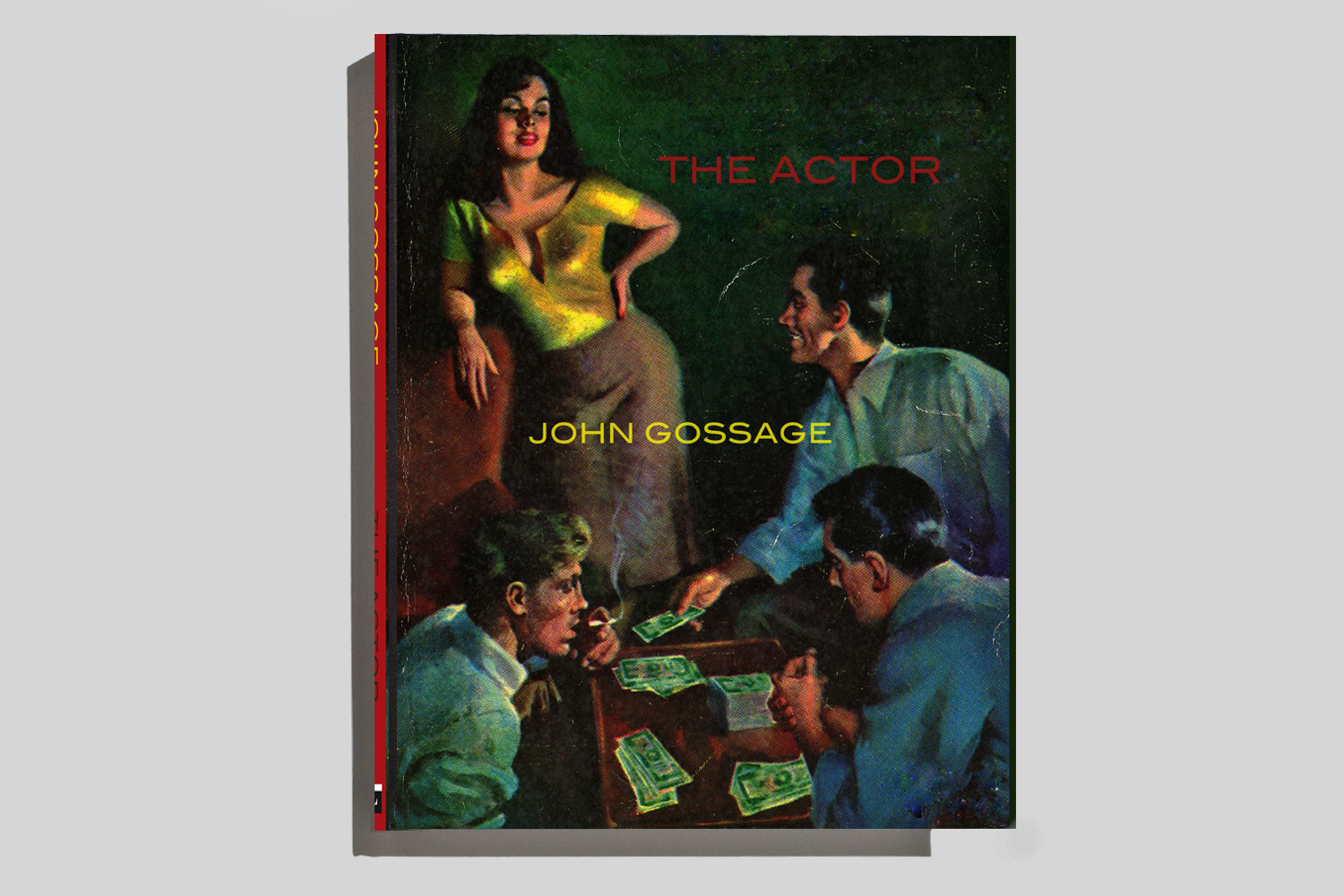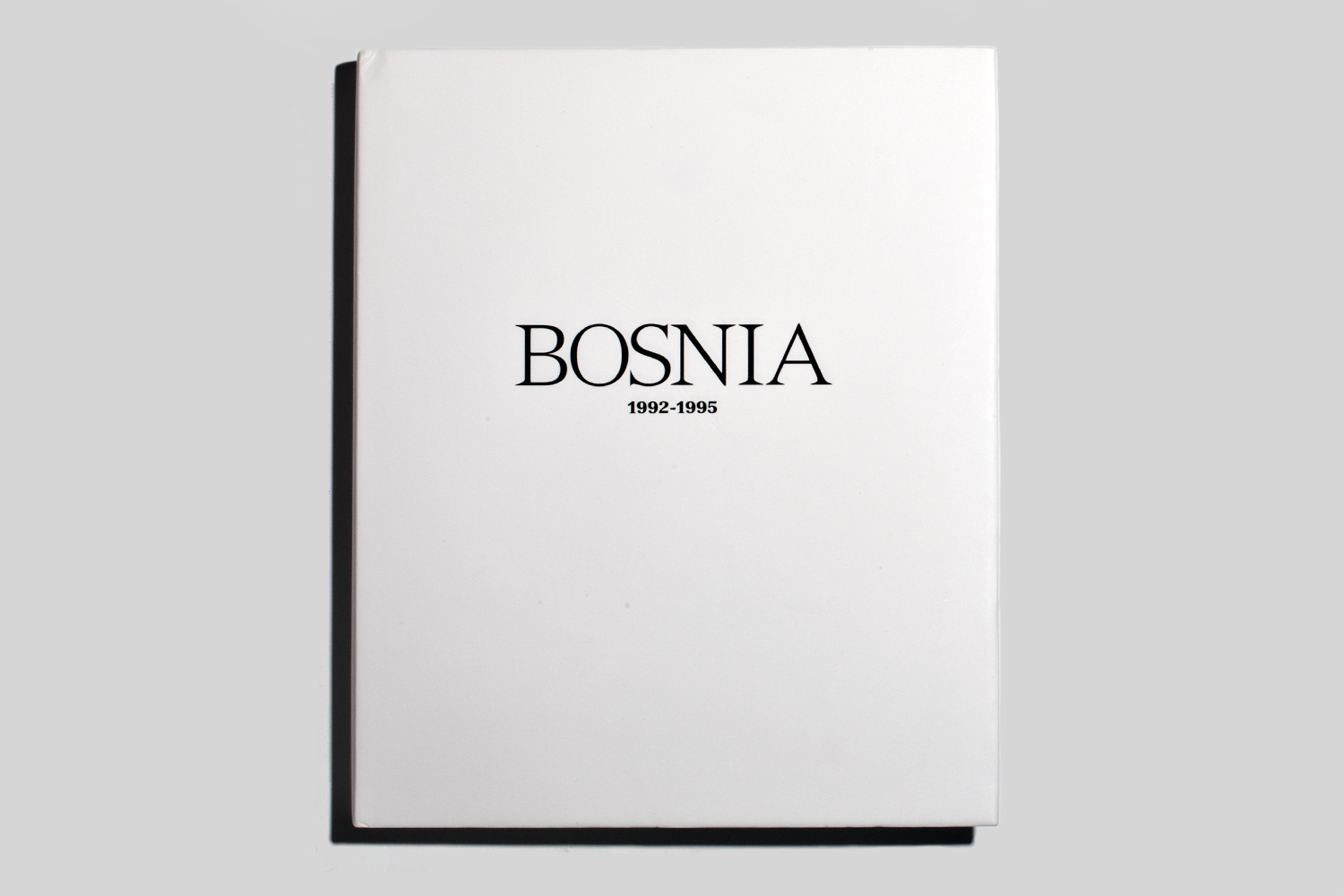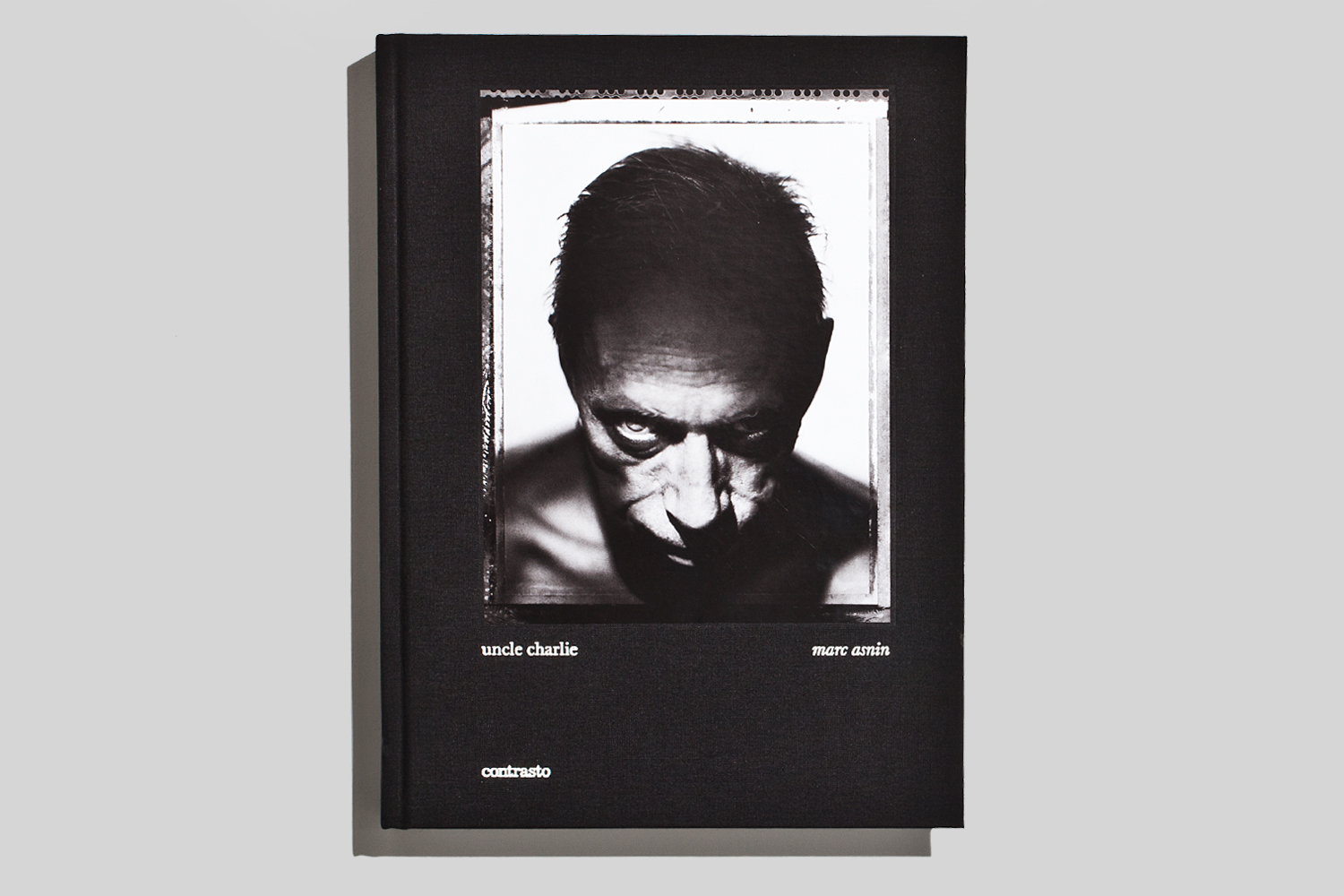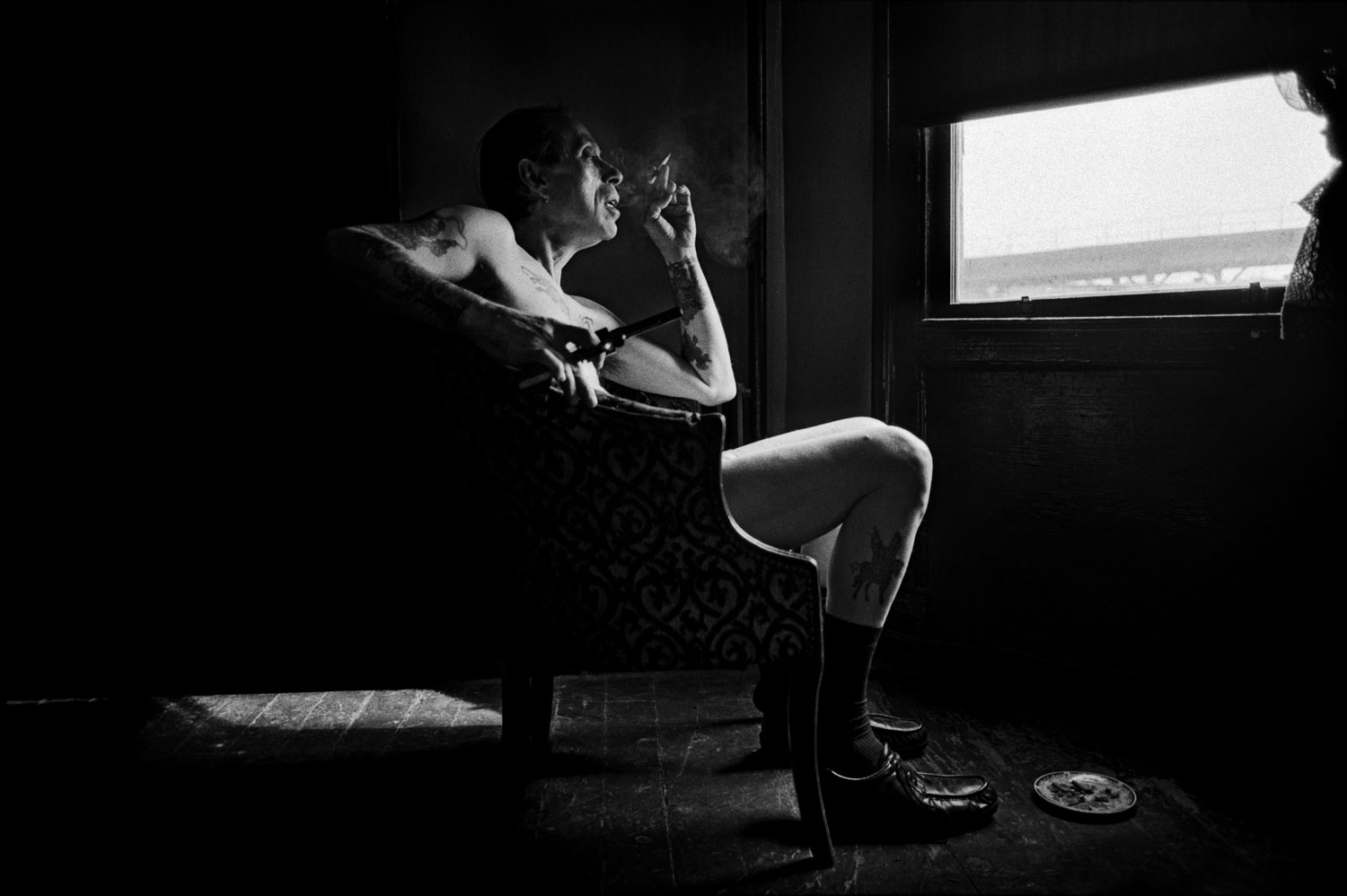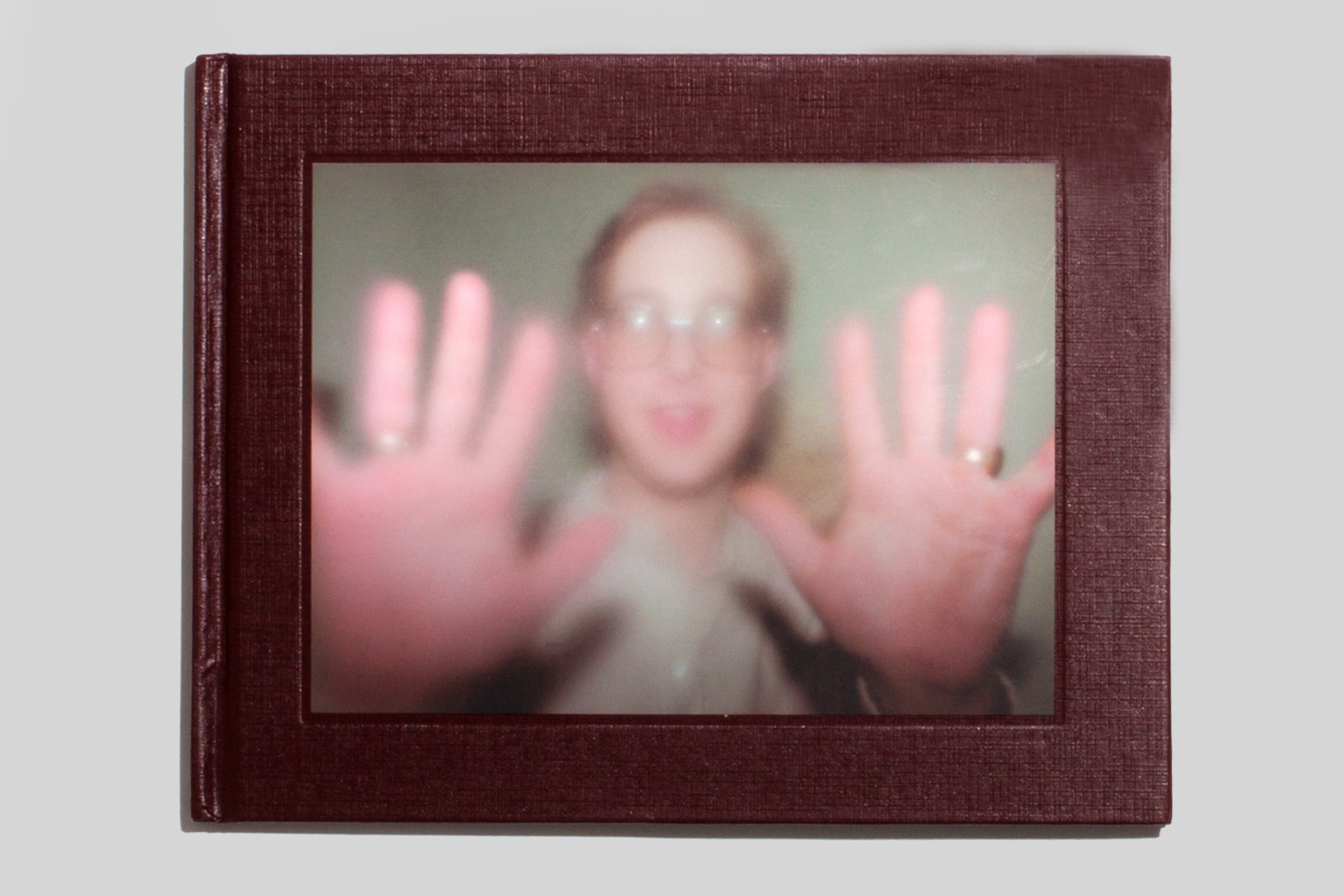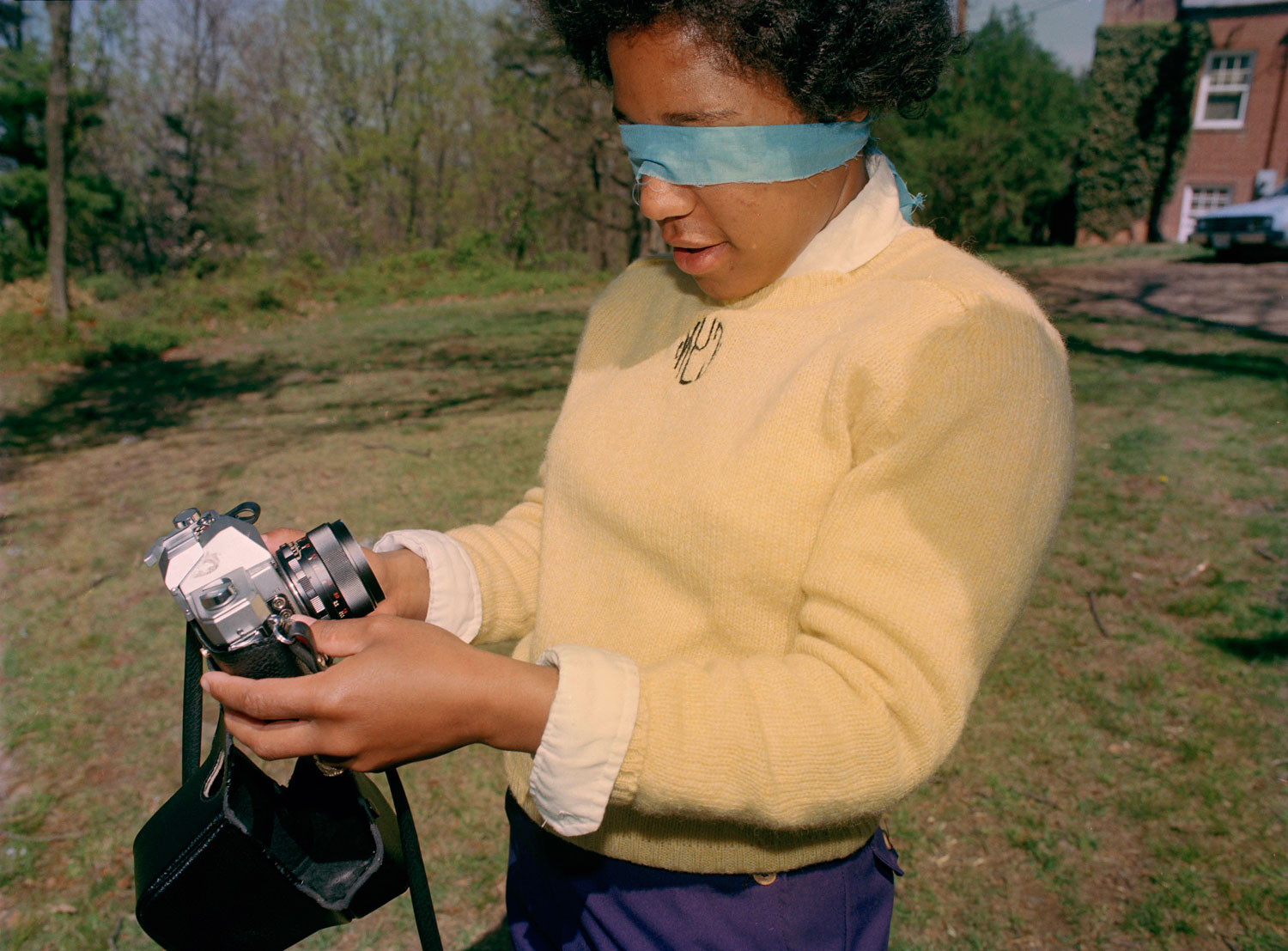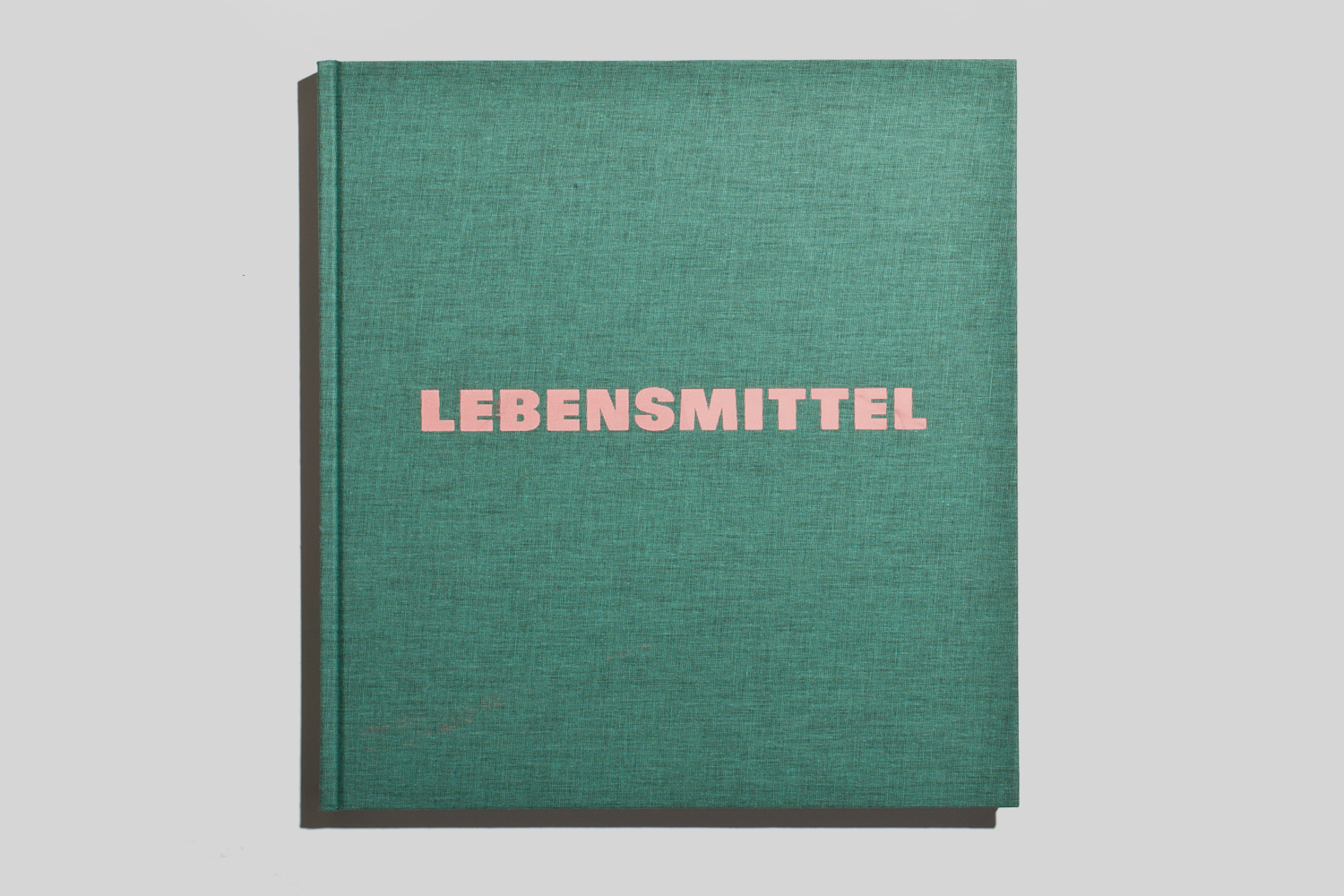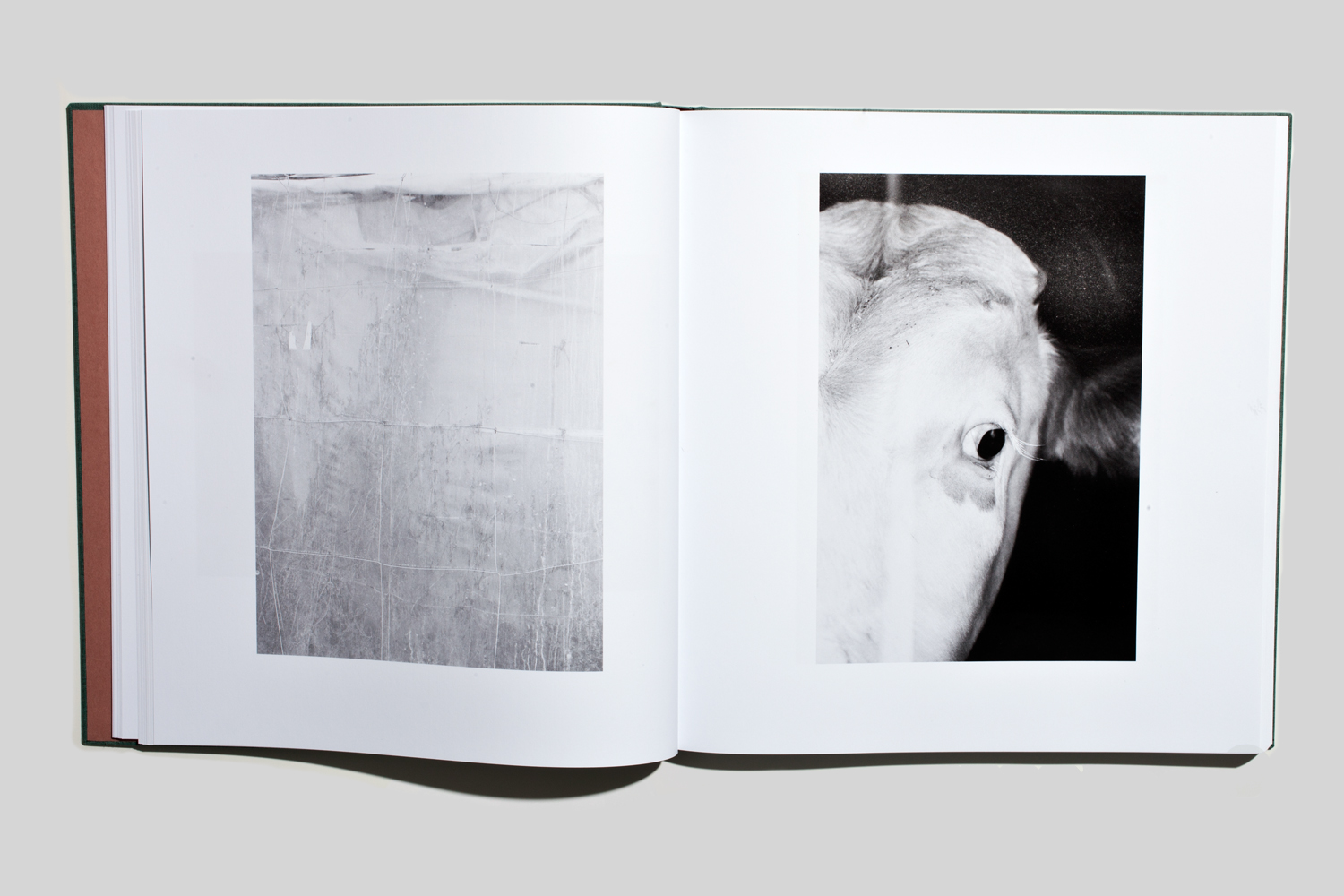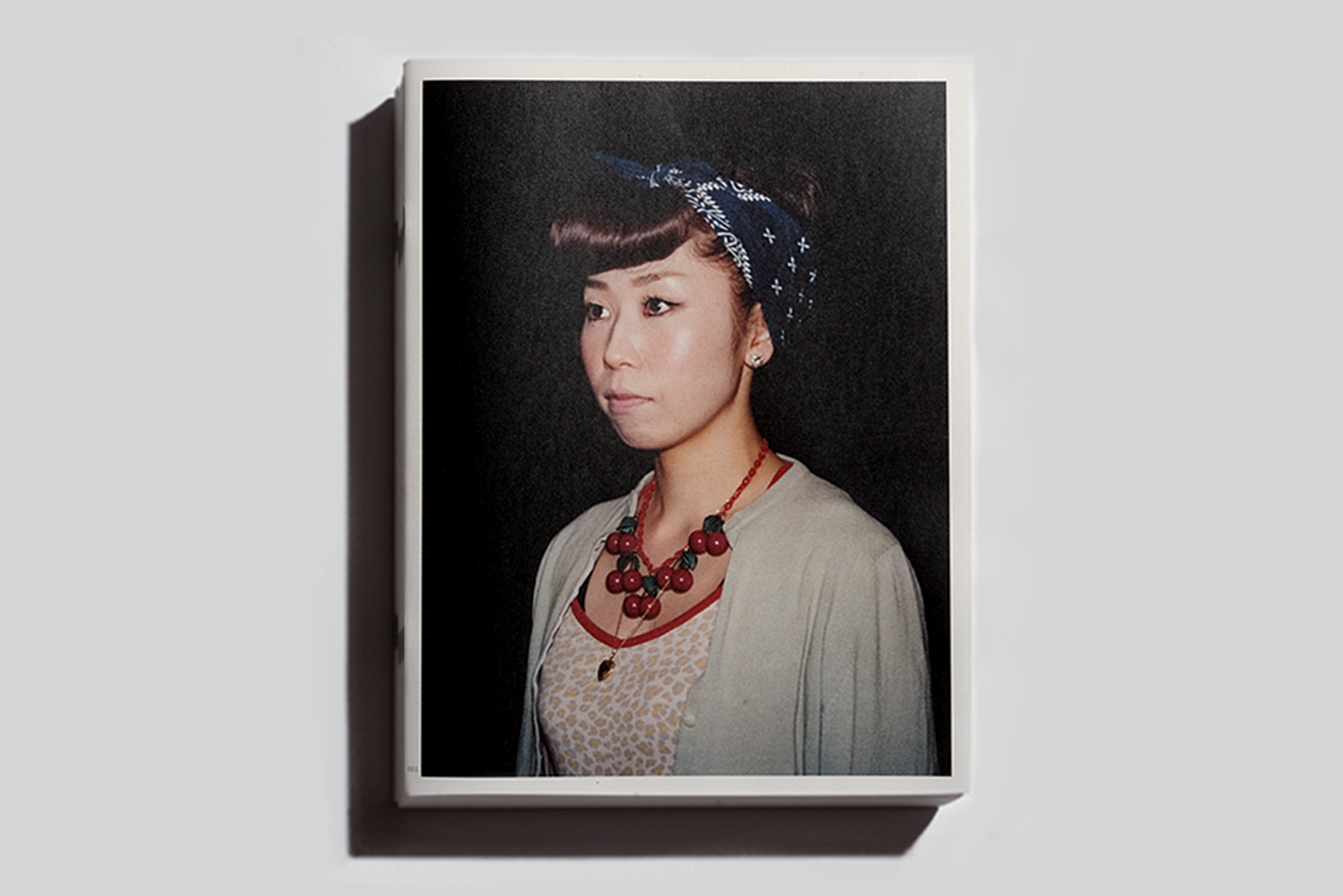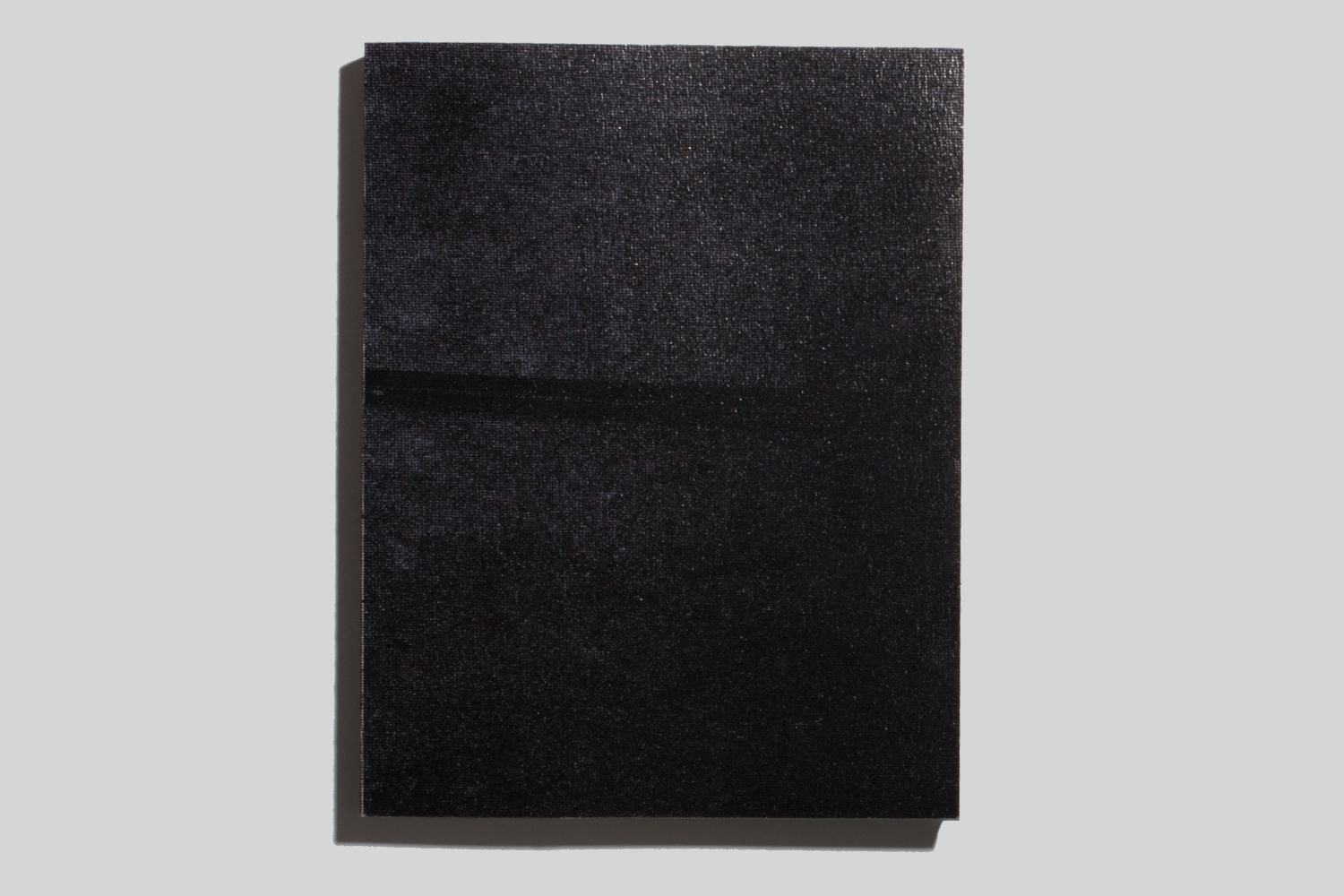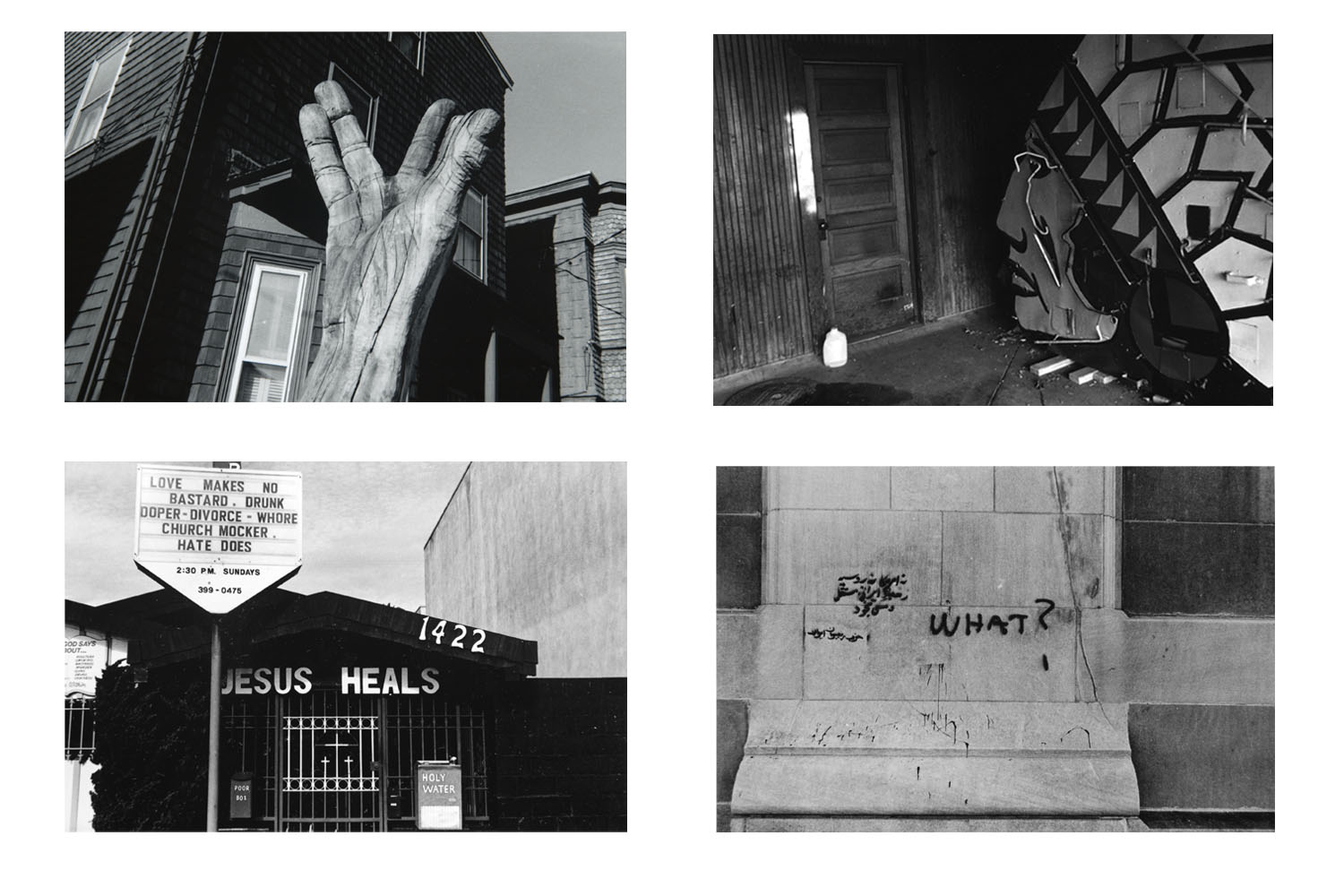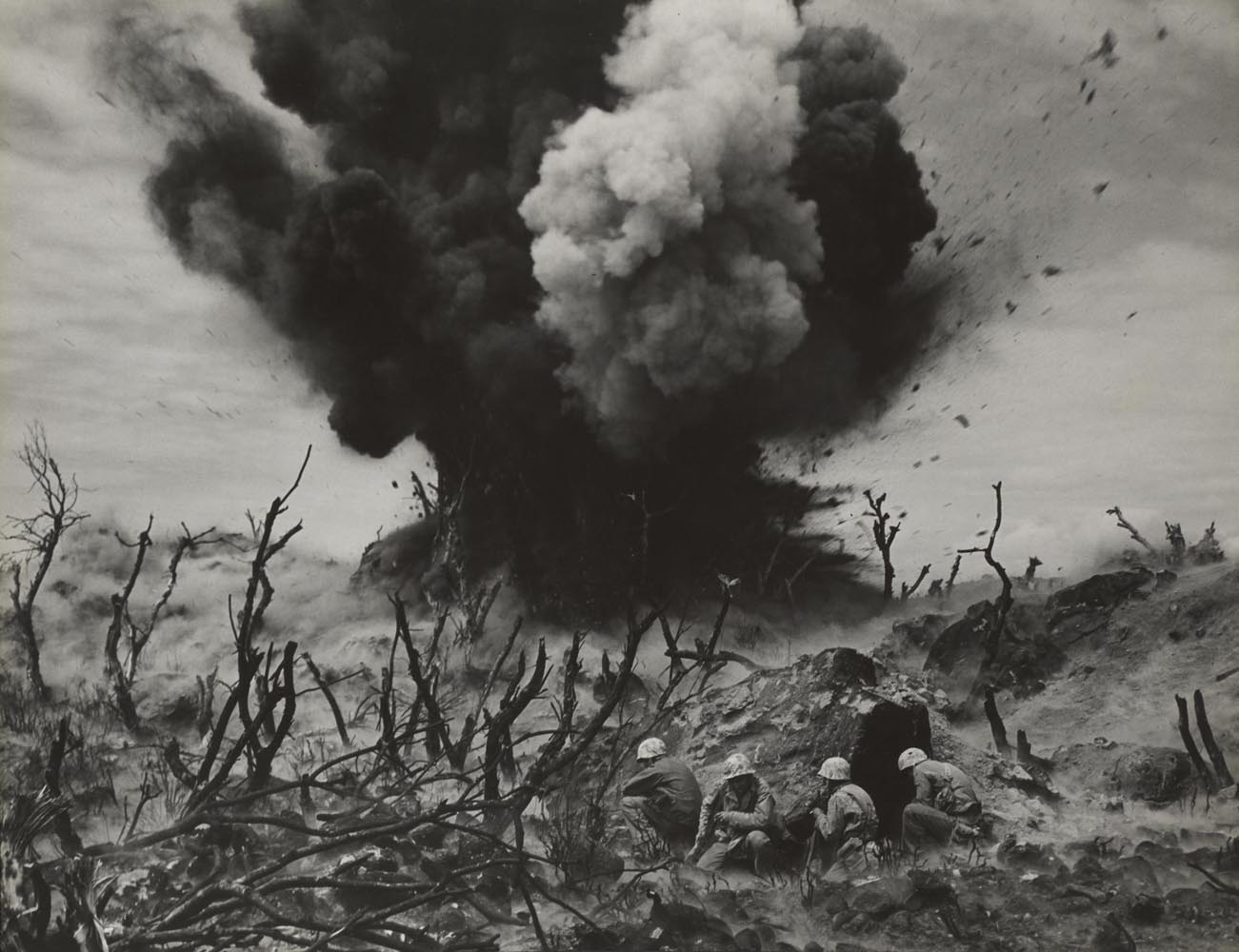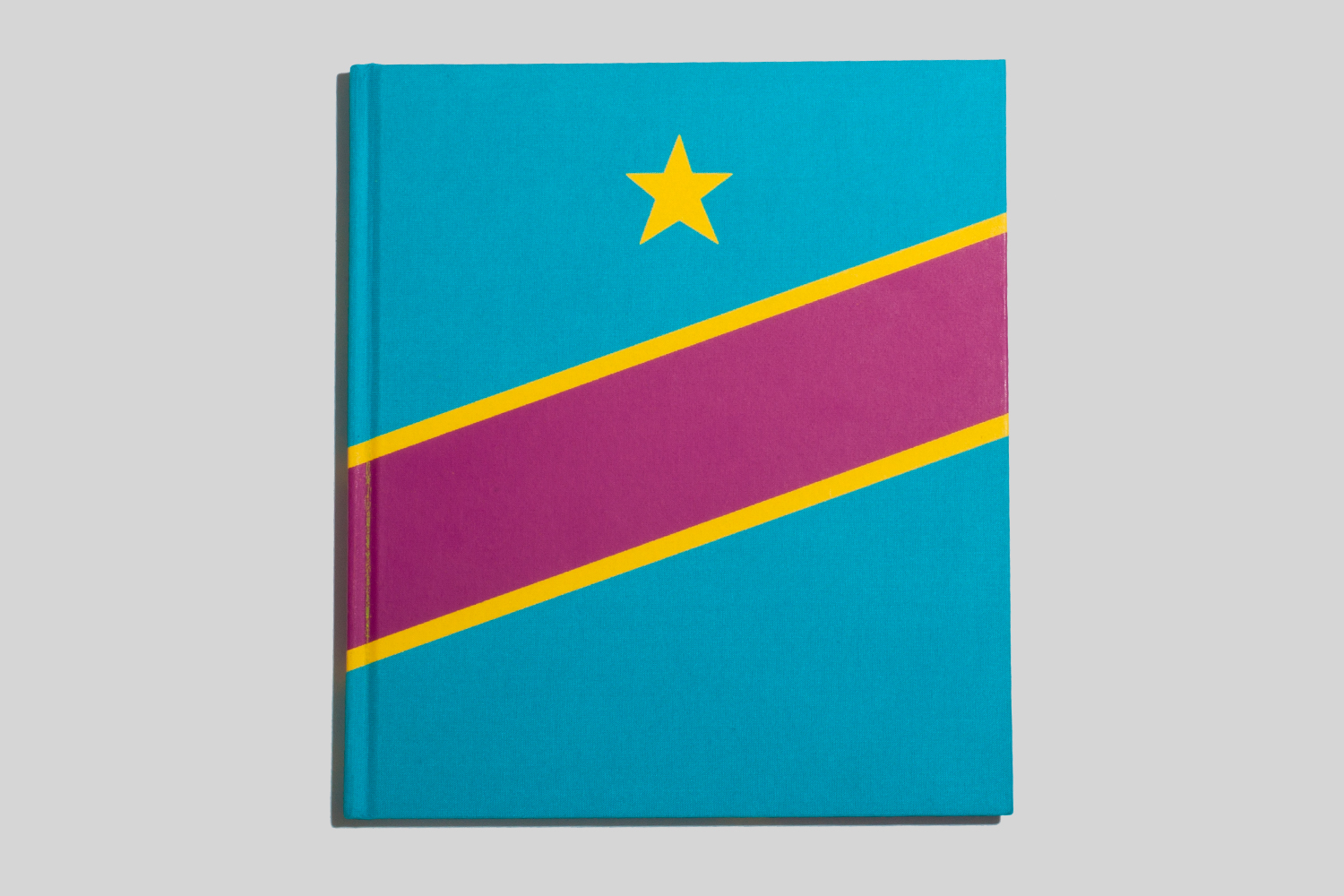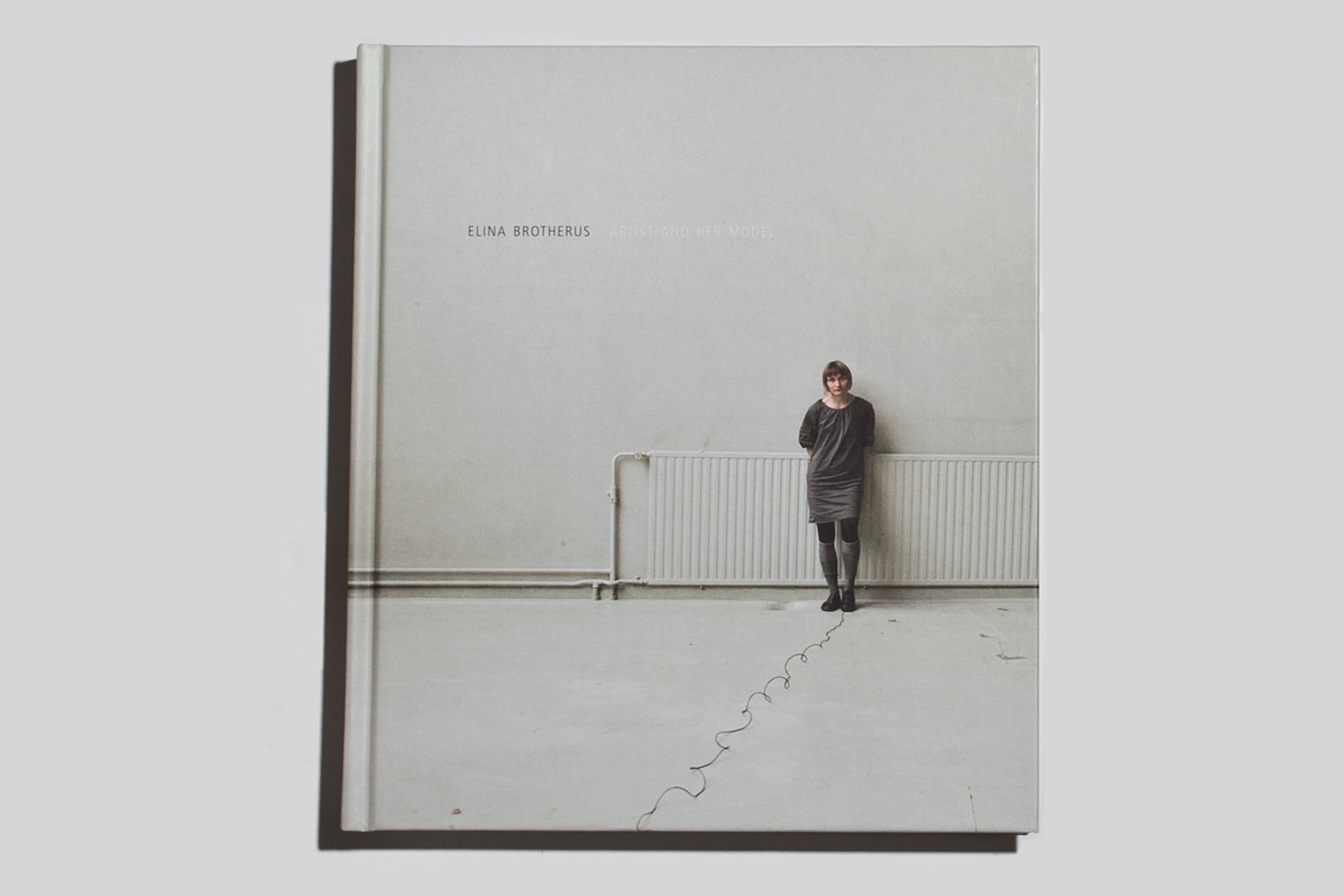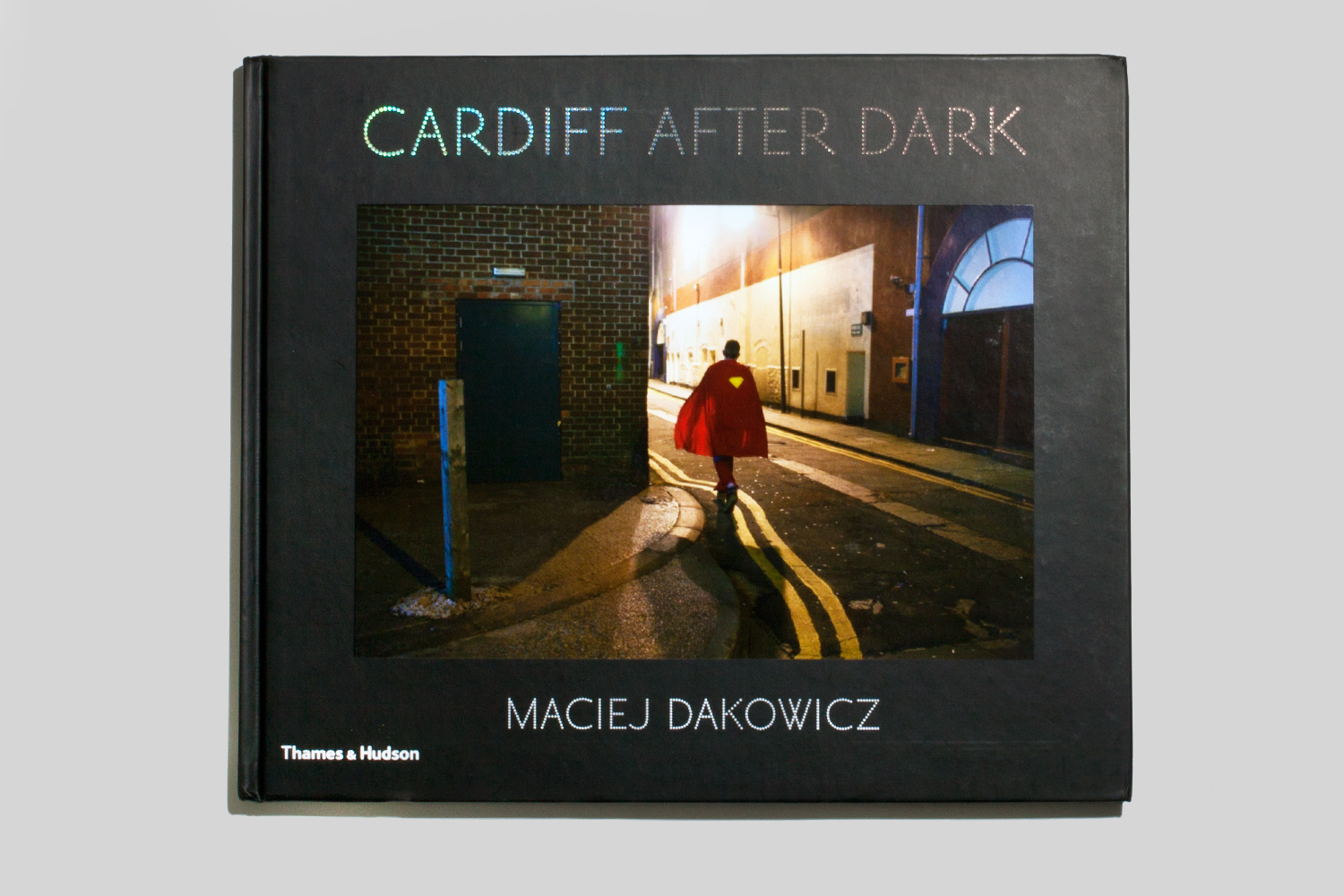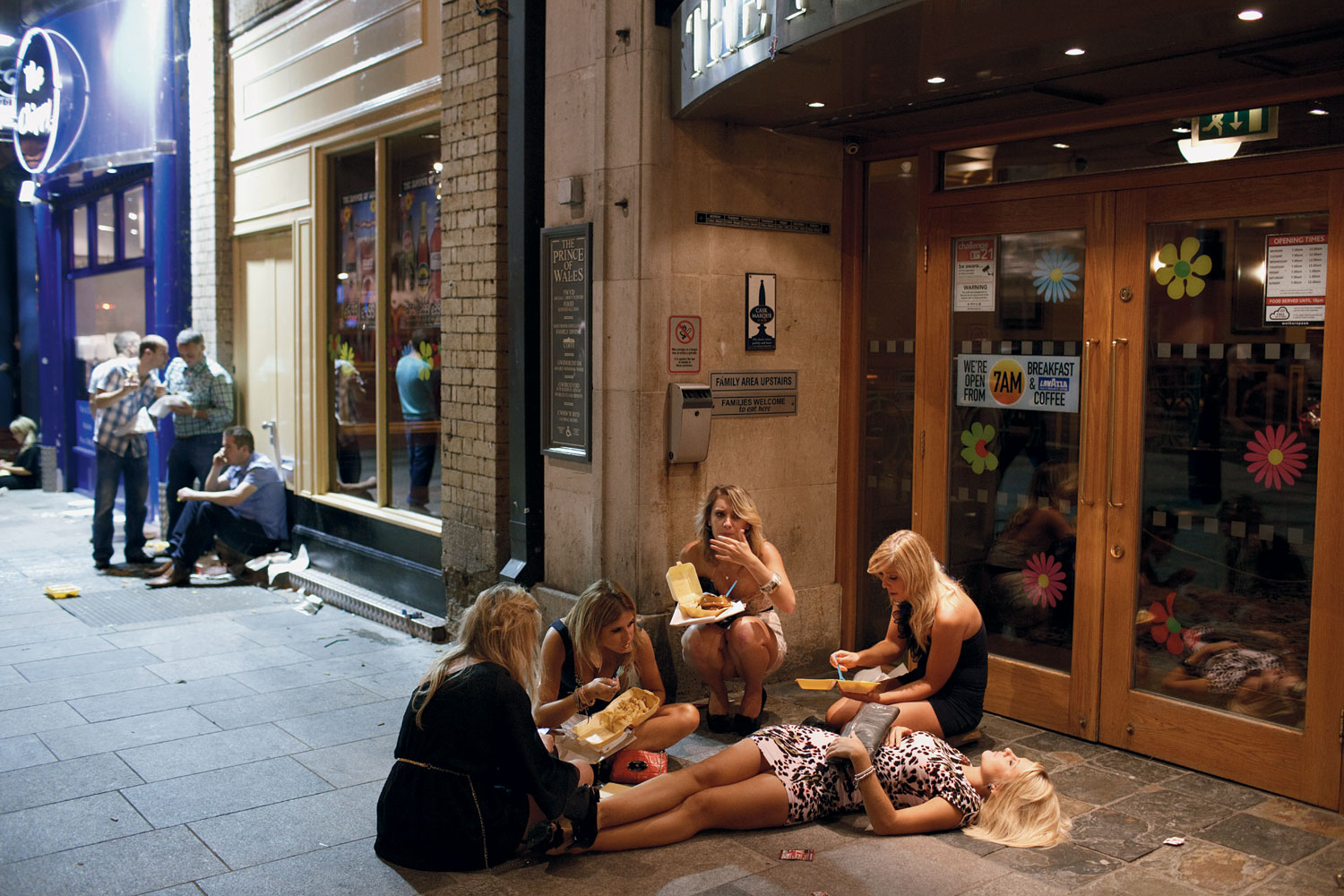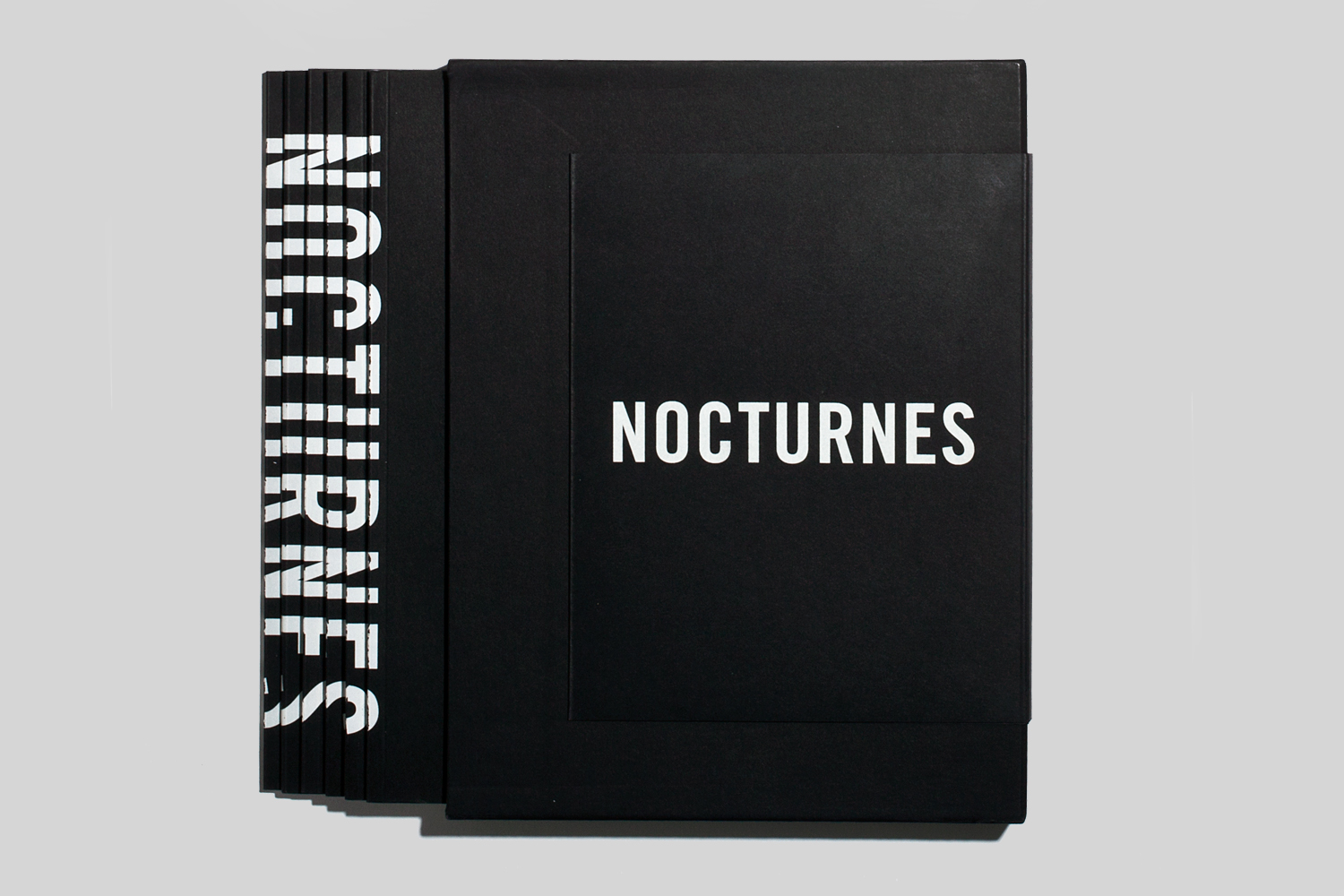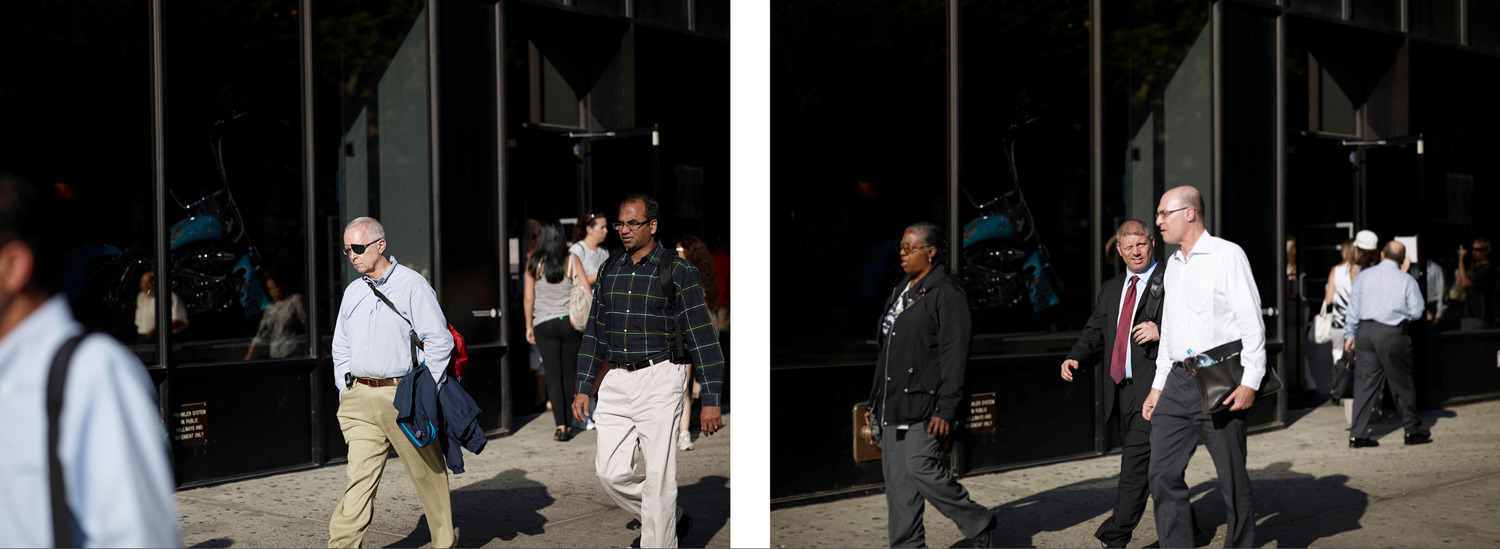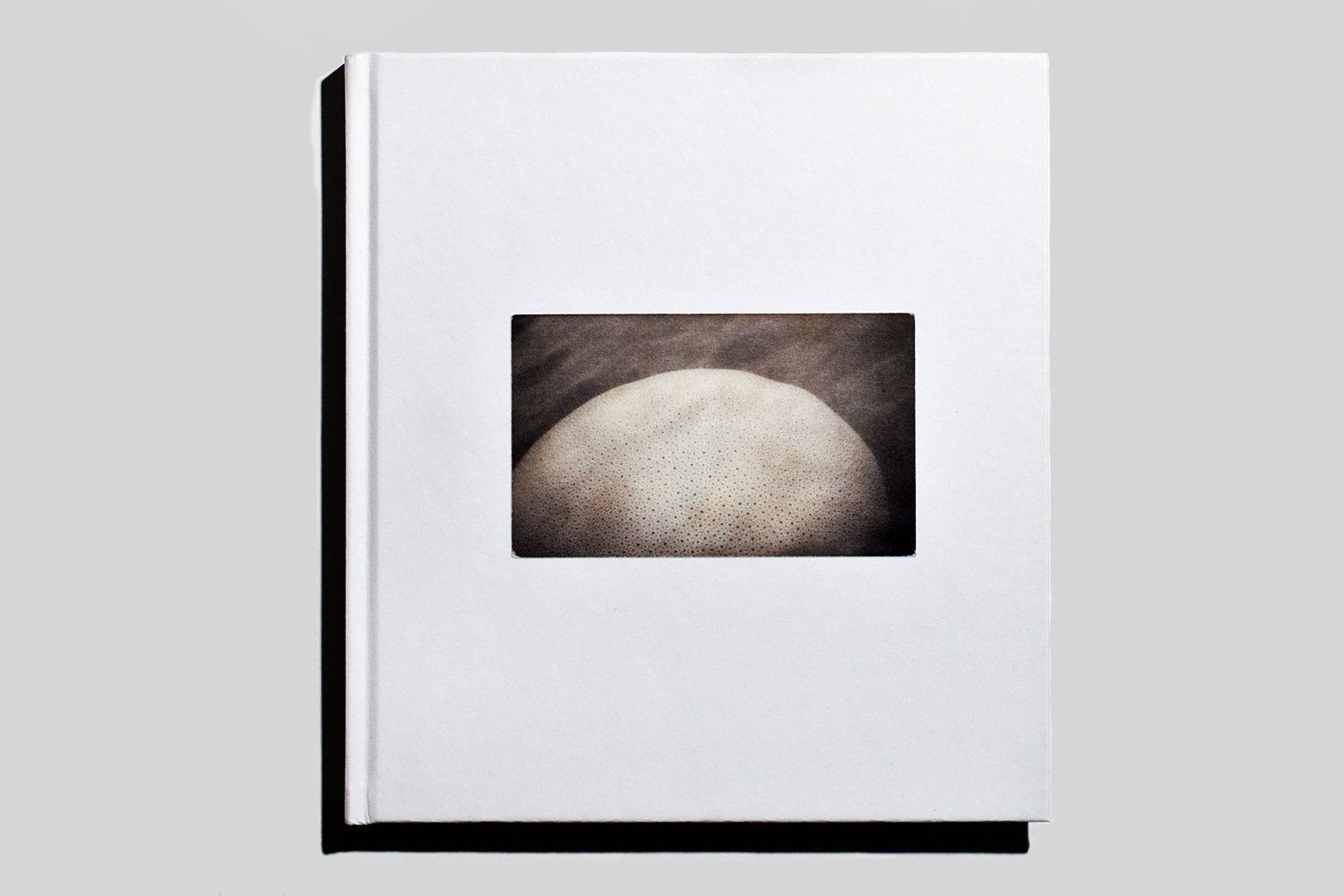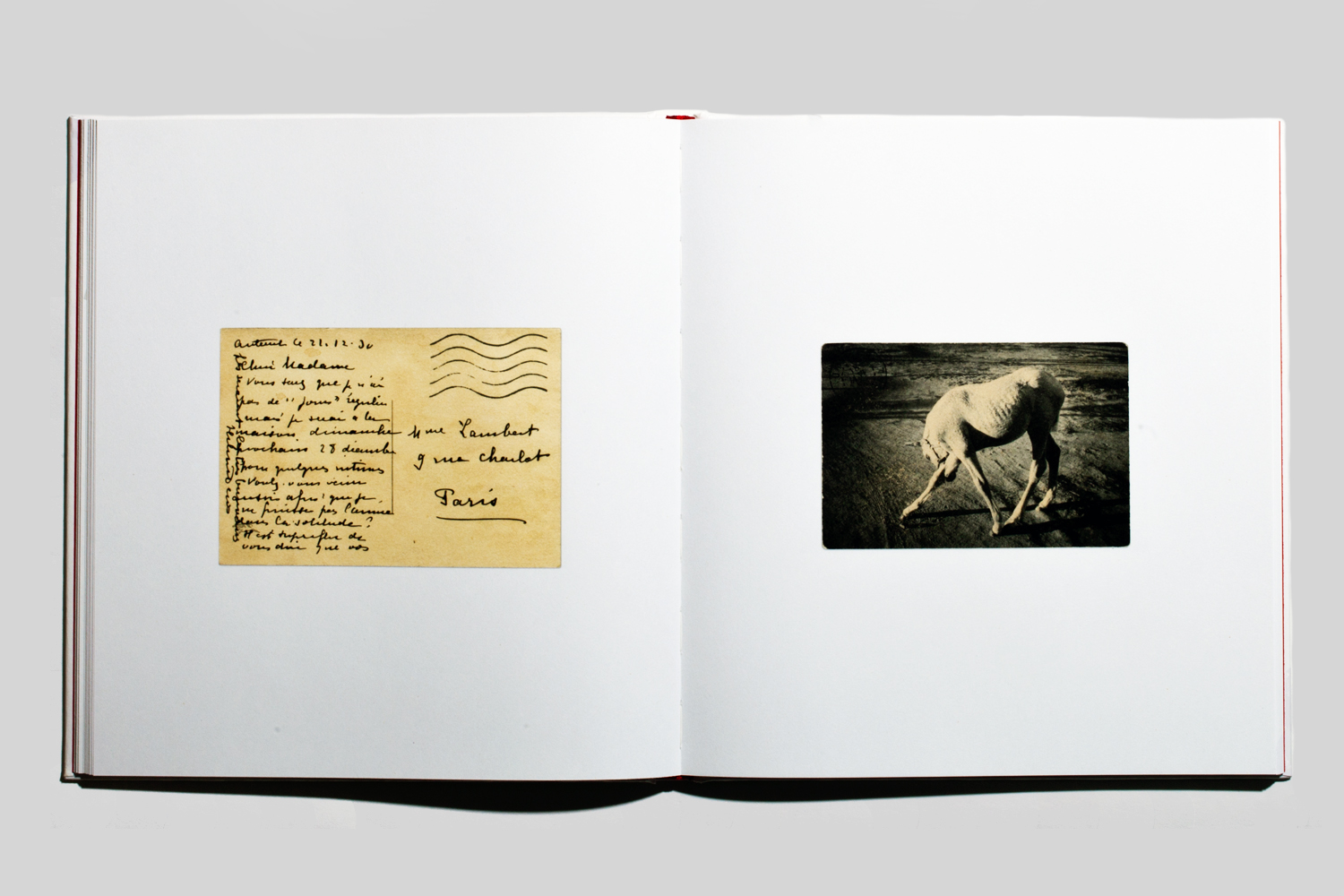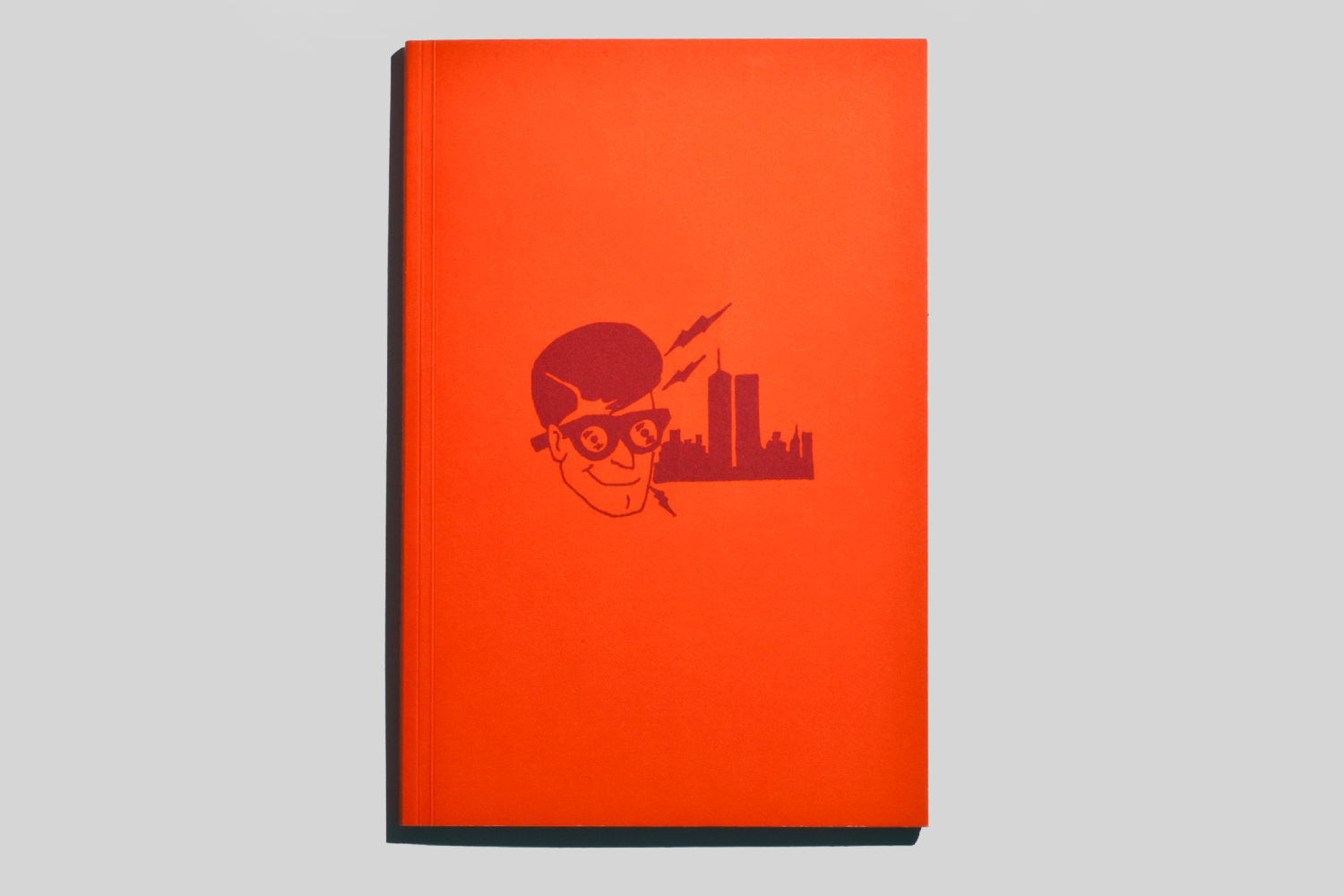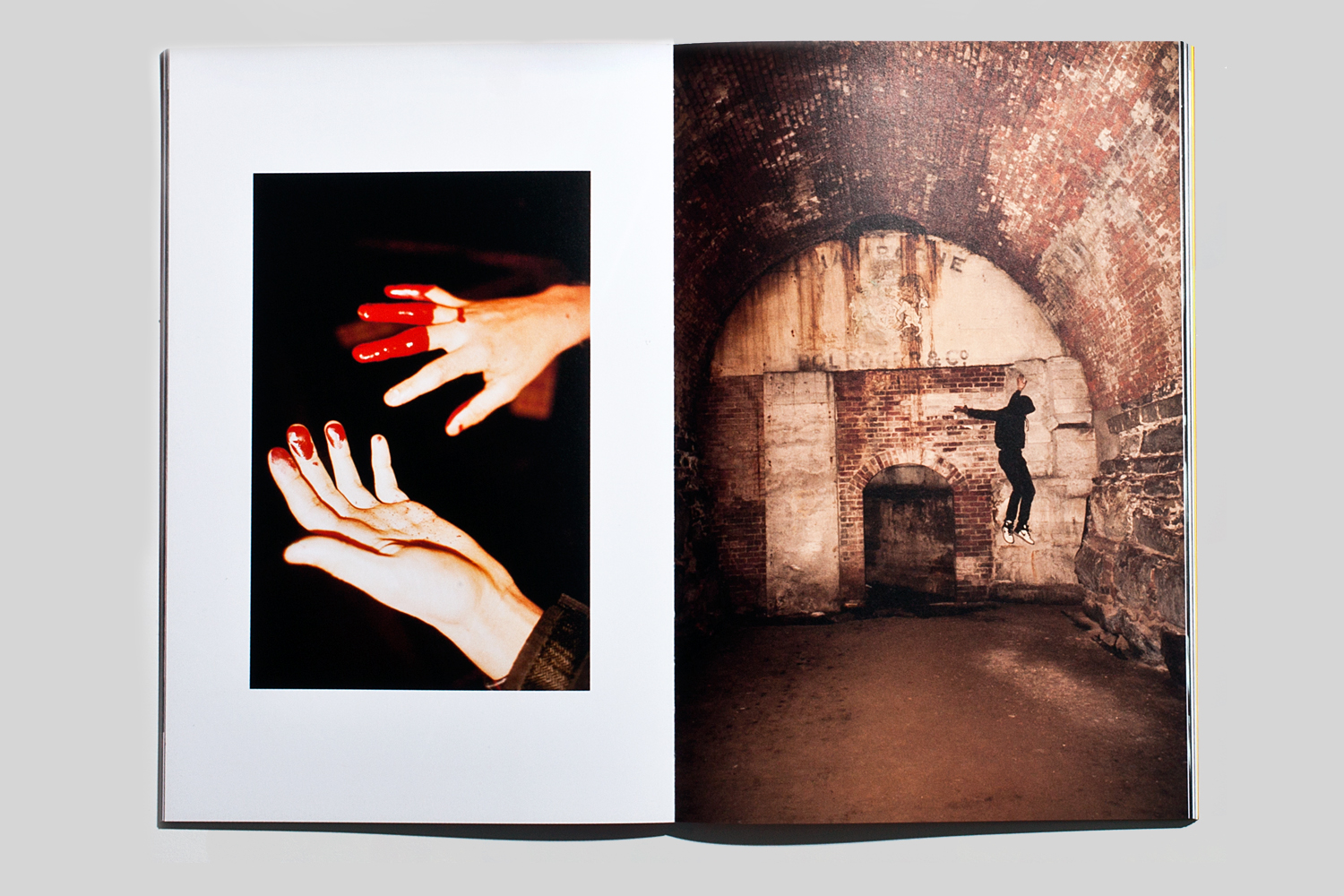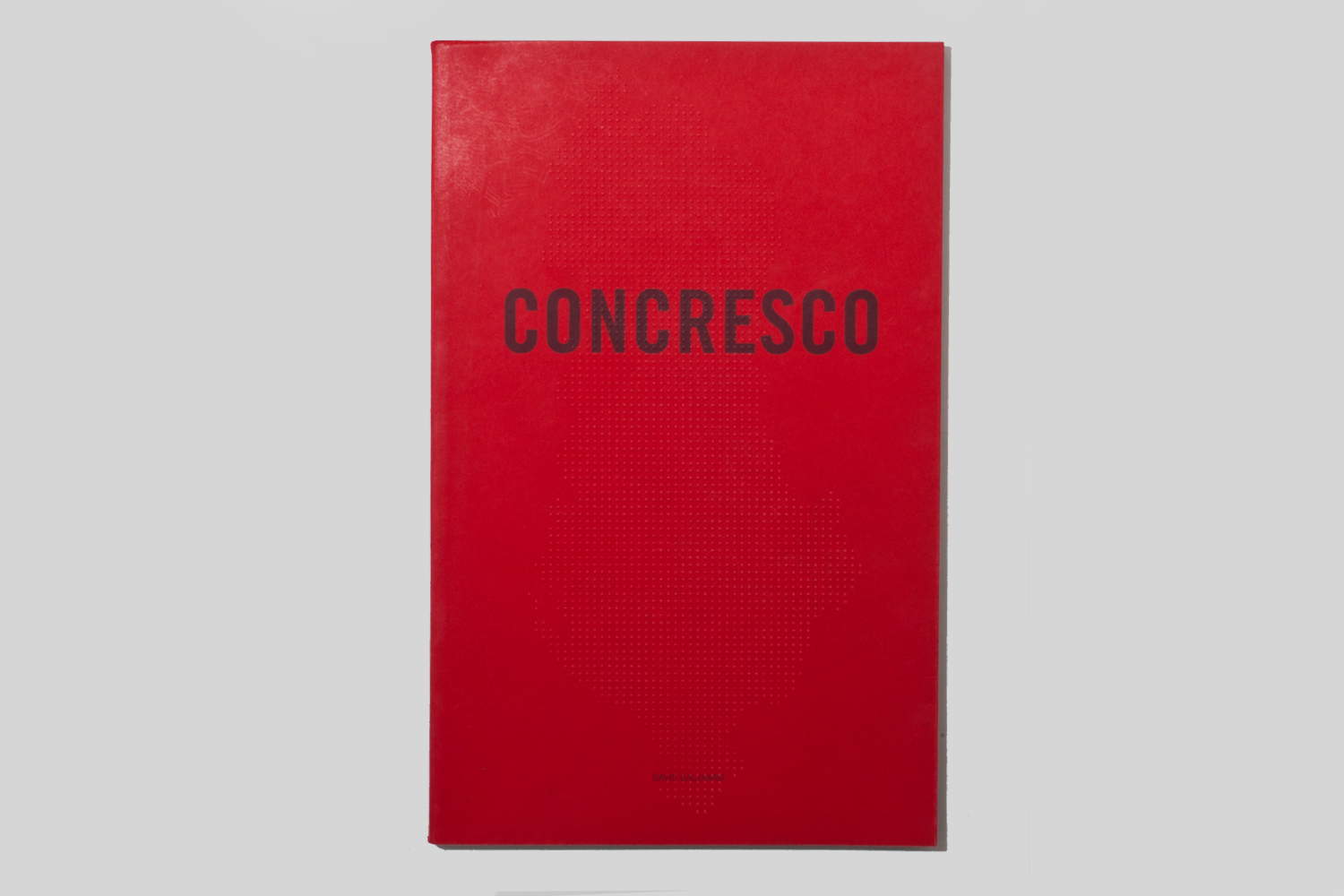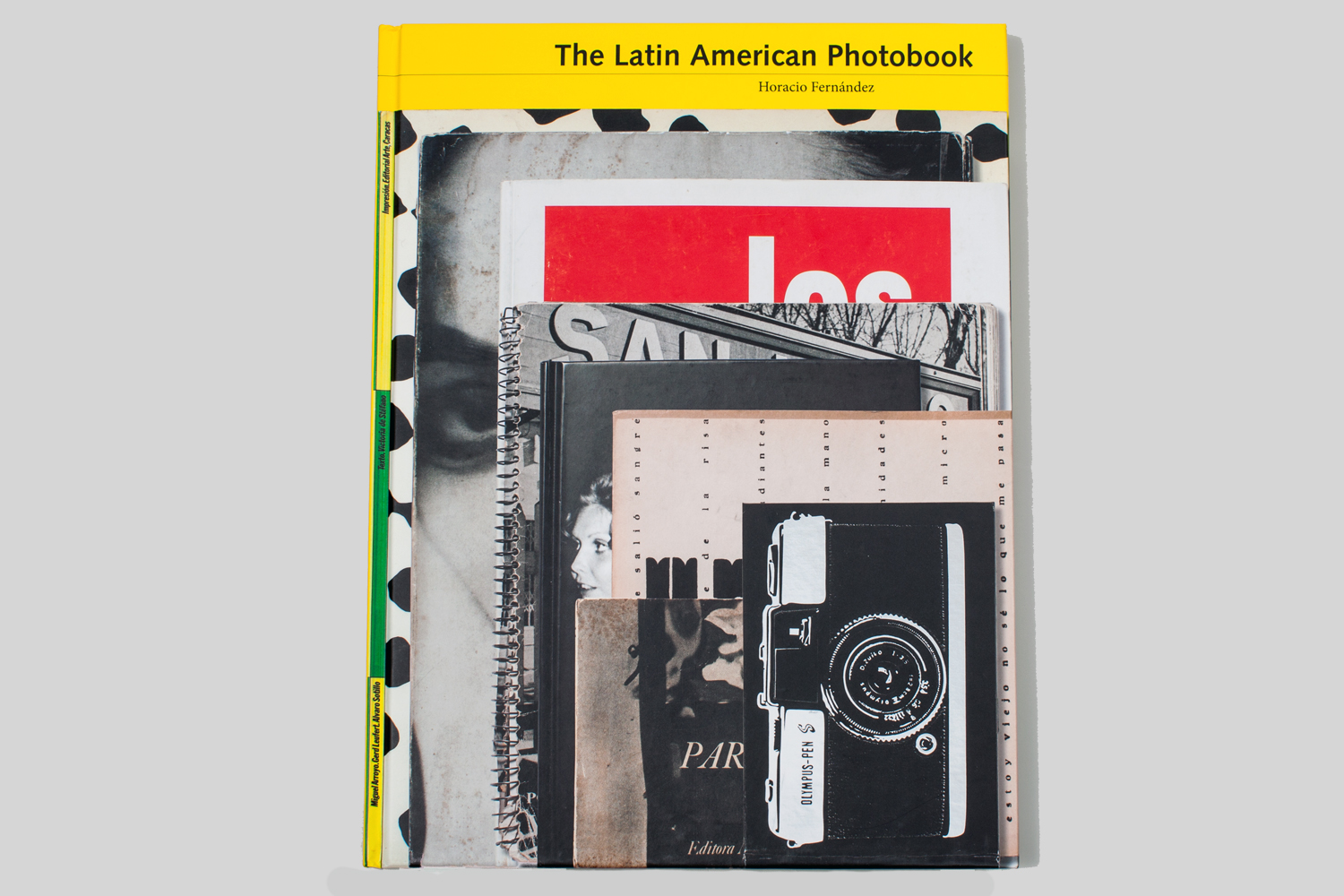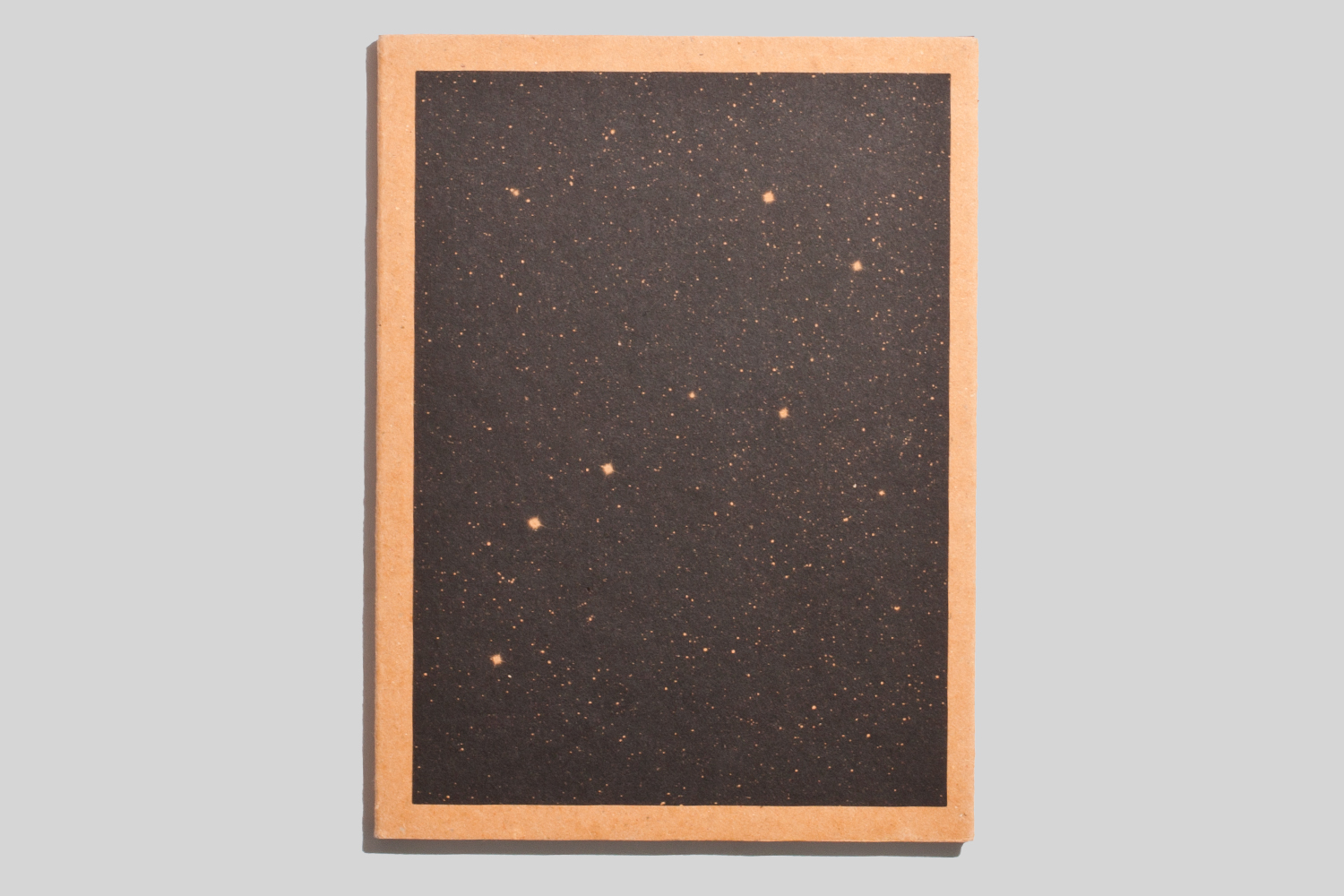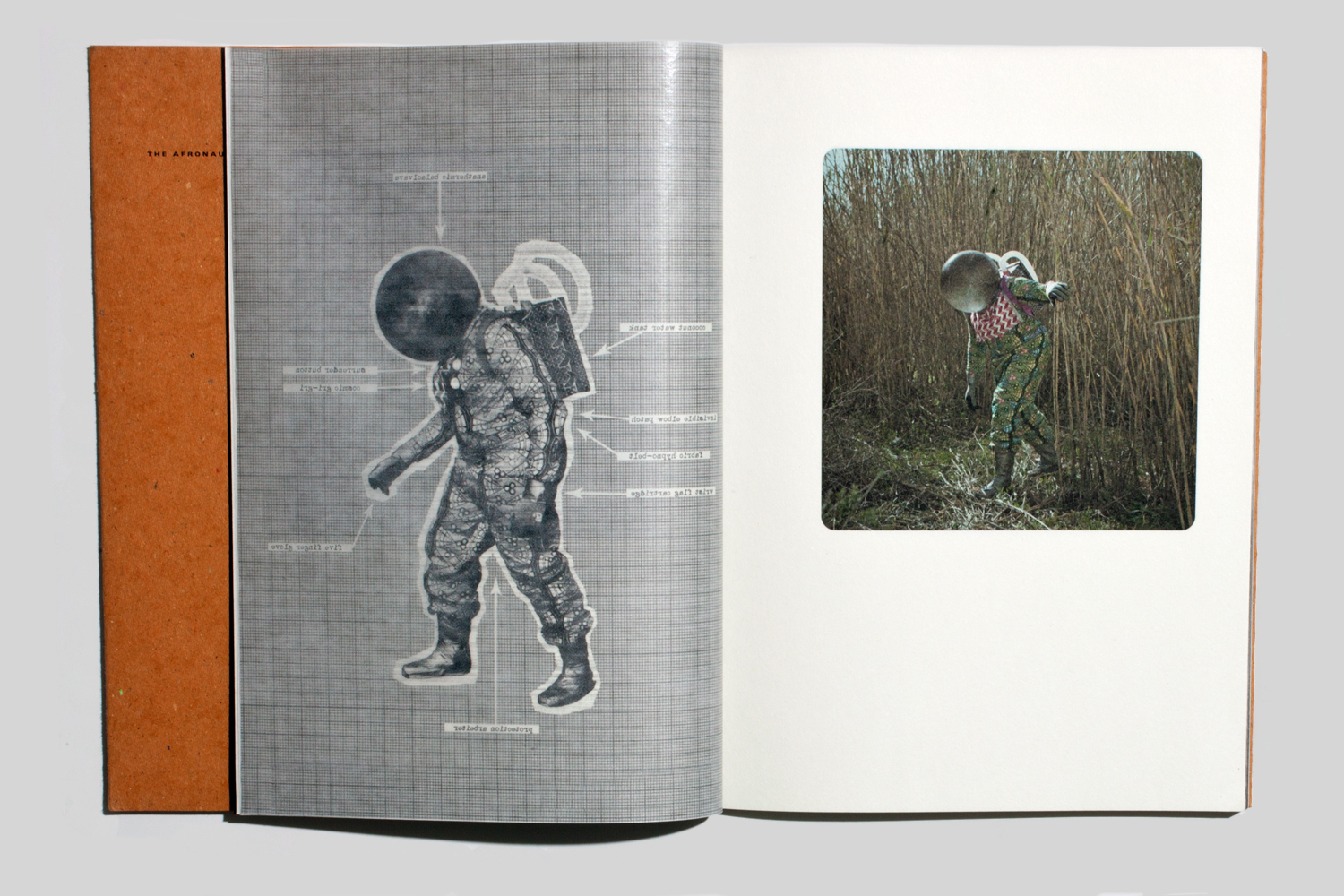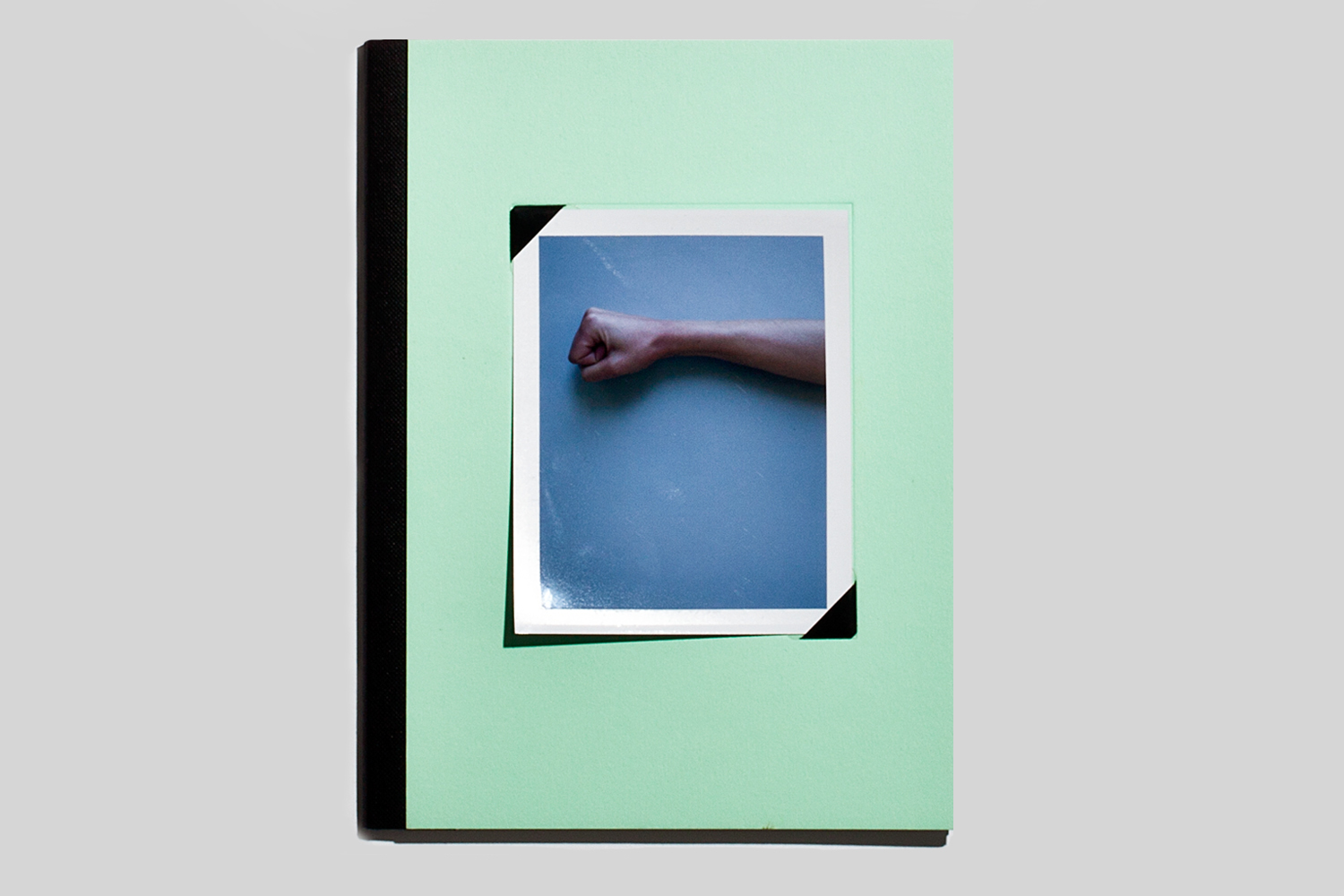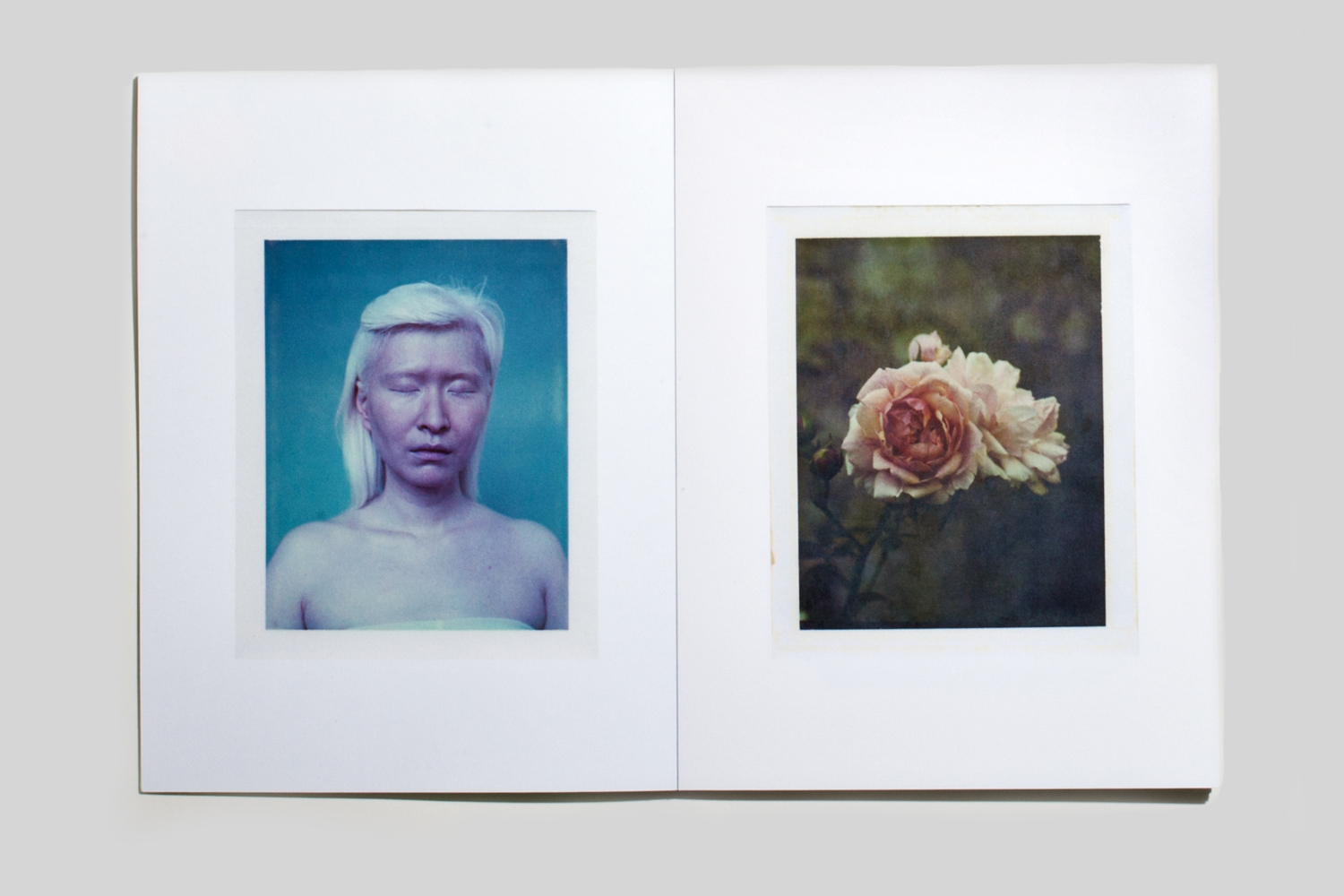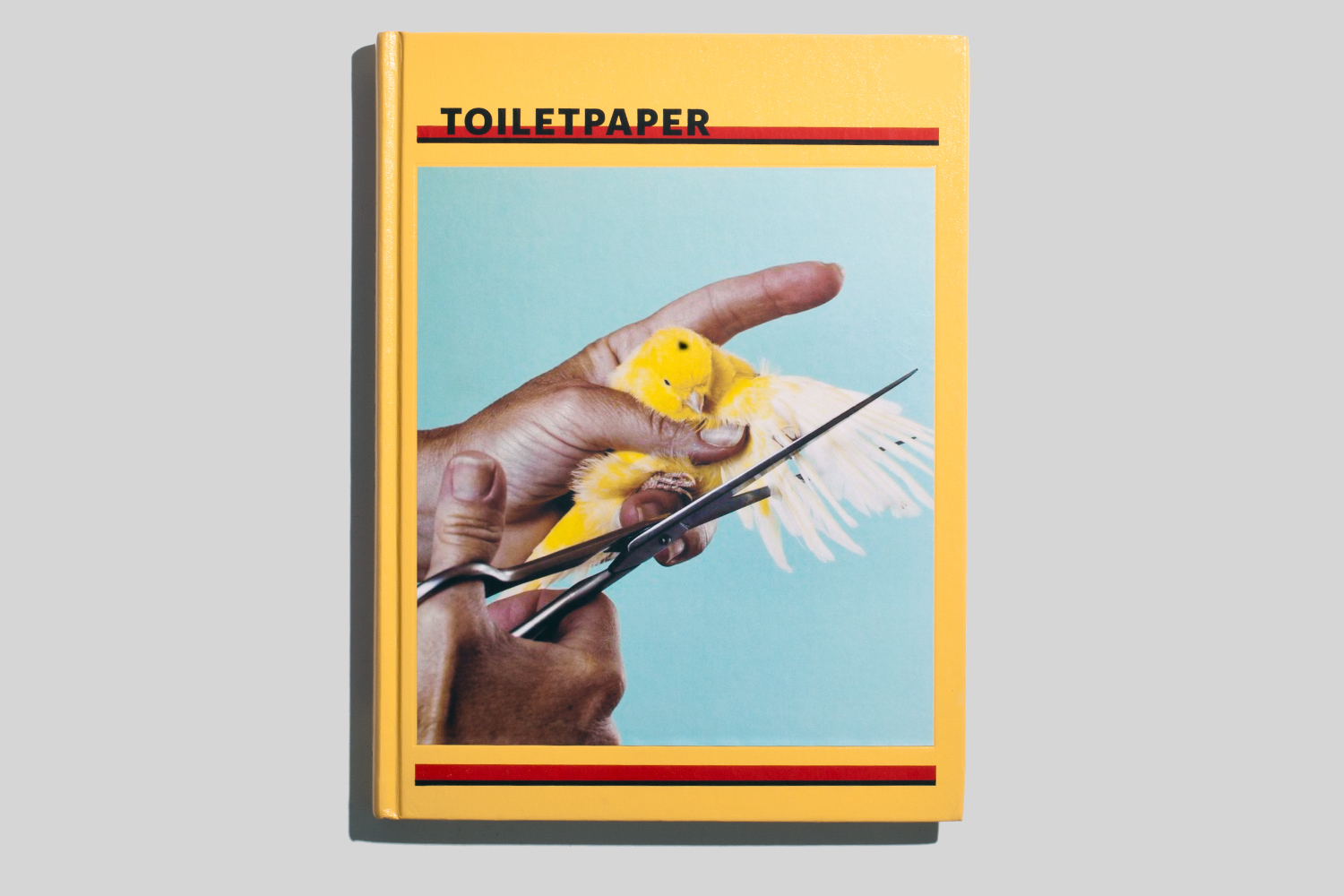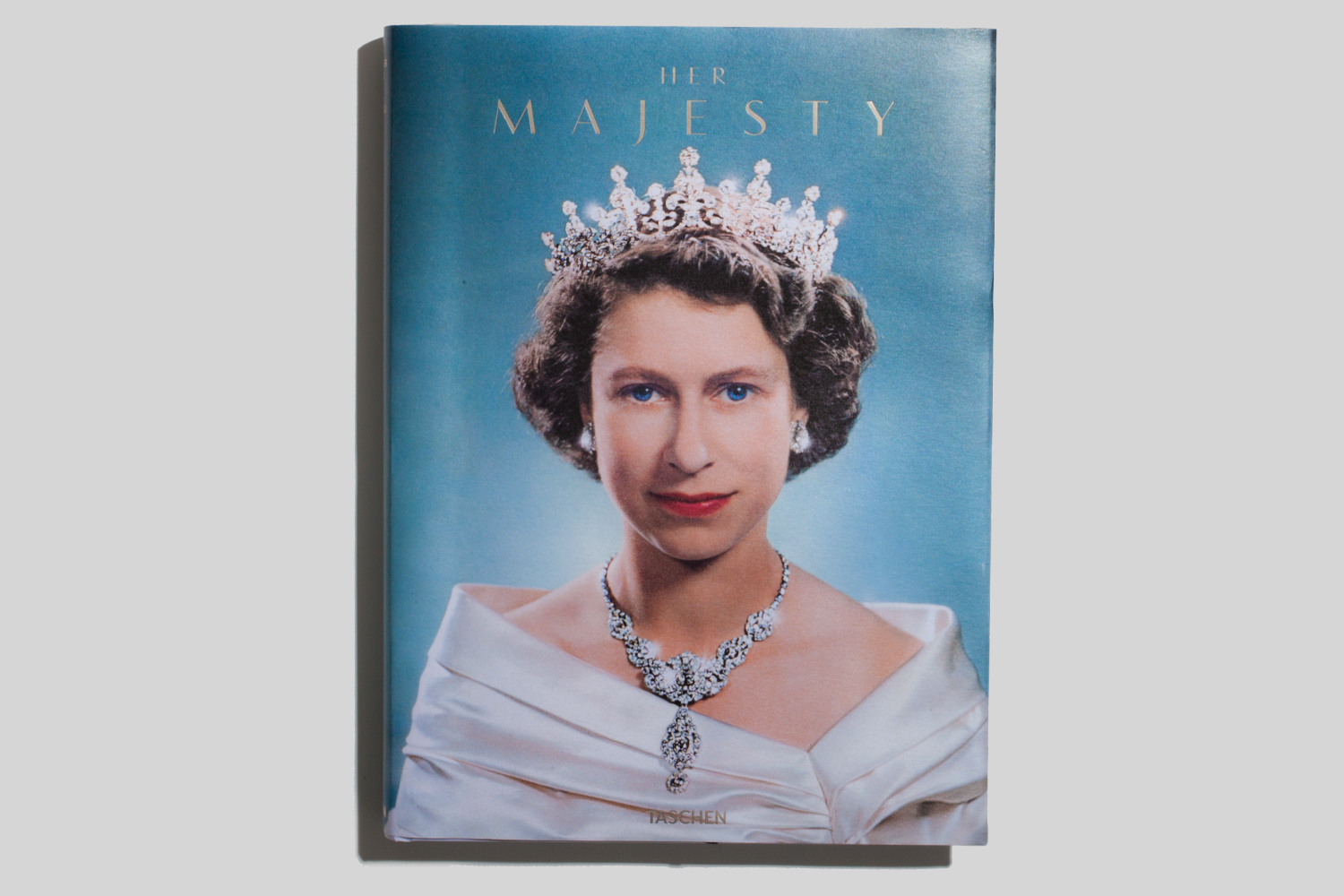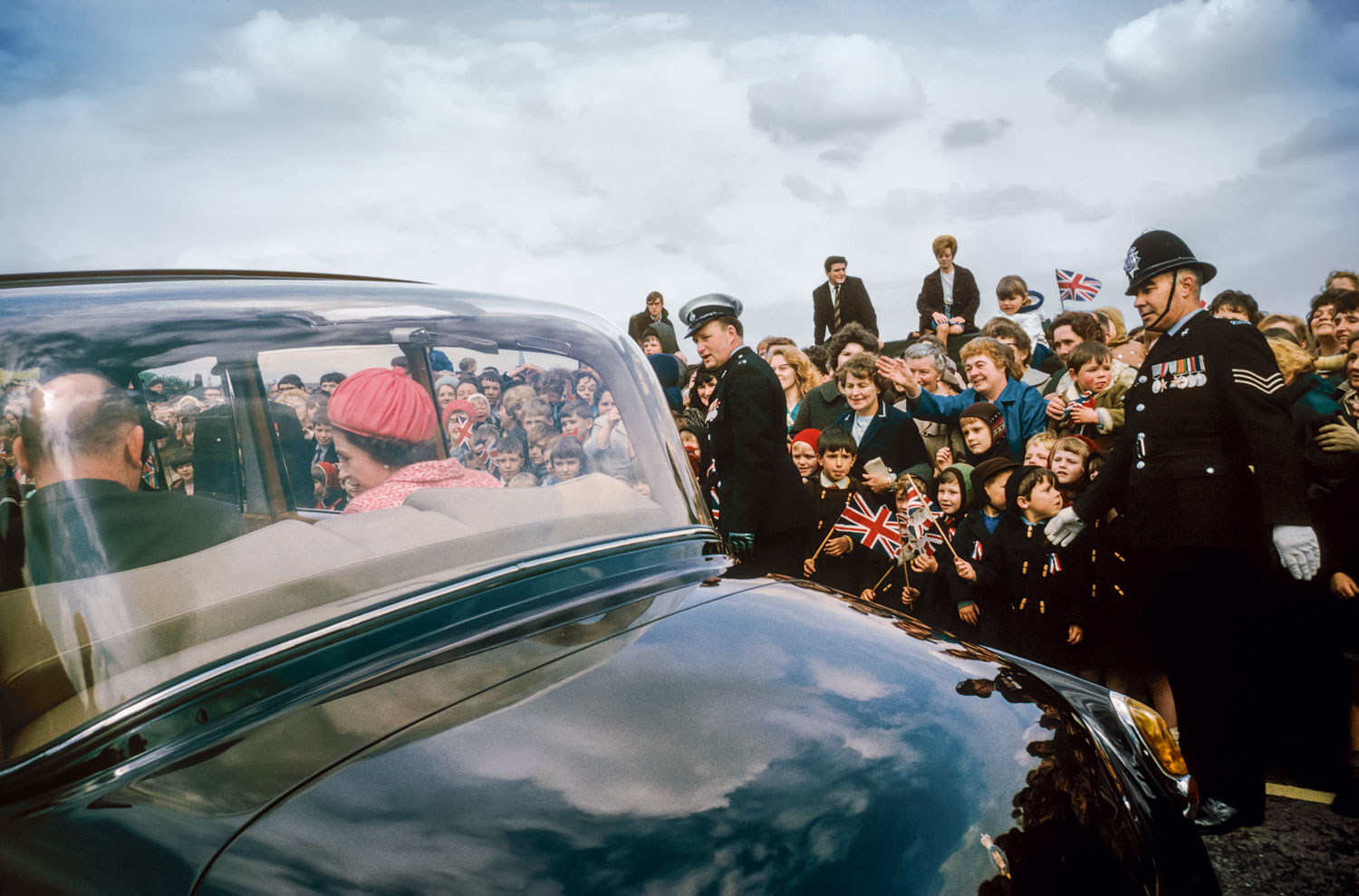December 24, 2012 1:50 AM EST
“I find it an amazing idea that a volume of photographs, even one from the distant past, can explode into life at any time, when stumbled upon by a sympathetic reader.”
—Martin Parr, from his introduction to The Photobook: A History, Vol. 1 (Phaidon 2004)
The photobook long ago broke free of the confines of the coffee table, and has become not only an essential tool in tracking the history of photography, but one of countless means by which we see the medium continually pushed to (and beyond) its traditional limits. The art of the photobook in 2012 remained astonishingly vibrant, with new voices and visions brought to light by daring publishers and—even more encouragingly—by innumerable self-publishing ventures funded by the likes of Kickstarter and Emphas.is.
With peers and colleagues around the globe, we gladly lined up to discover new titles and new artists presented at events like the New York Art Book Fair , Offprint Paris and the International Photobook Festival, among countless other new fairs.
On LightBox we covered exciting projects across myriad genres, from the epic War/Photography catalog to more personalized, micro projects compiled by the Indie Photobook library . Here, in this gallery, we spotlight the best photobooks of the past year as chosen by photographers and photography experts from around the world … and, of course, by photo editors from TIME.
This year’s offerings range from enormous, luxe tomes like Taschen’s Her Majesty to smaller, more intimate works like J&L’s BABE . Overall the selection confirms — in a heartening way, for all of us — that even as unwieldy maelstroms of information emerge from all of our digital devices, many of us still enjoy being transfixed, or transported, by an encounter with a singular vision. After all, the pleasure and quiet thrill that one gets sitting down with a good book — especially one that pushes the boundaries of the format — simply can’t be reproduced in mere ones and zeroes. In that spirit of celebrating a still-vital art form, we humbly offer our take on the photobooks we loved most in 2012.
Neue Welt MACK ©Taschen—Wolfgang Tillmans "Tillmans has developed a practice lucidly exploiting most facets of photography and his books have long been integral. Neue Welt is an apparently unassuming catalogue yet its design and structure are a brazen challenge to the reader. Folding in the arcane with the mundane and the sublime, it is one of those rare catalogues of photography which ensures that I will see the exhibition."
—Michael Mack, publisher of MACK ©Taschen—Wolfgang Tillmans A New American Picture ©Aperture "Doug Rickard's A New American Picture (Aperture) elevates photography's intrusive eye—and conscience—to new heights by bringing them down to earth. Using Google's Street Views on his computer, he has patrolled the empty spaces of rural and urban America and made a series of original images that tell some rough, old truths about what life is like for the 47% every hour of every day."
—Richard B. Woodward, art critic and writer Doug Rickard The Actor Errata Editions ©Loosestrife Editions "The Actor (Loosestrife Editions, 2012) is a photographic homage to the boyhood hero of American photographer John Gossage—Willie Sutton, the accomplished bank robber. Comprised of brilliant photographs Gossage made in the mid-1970s of bank exteriors (and interiors shot through plate glass windows!) photographic curiosity becomes a suspicious activity —a different form of 'casing the joint.'"
—Jeffery Ladd, photographer, writer and publisher of Errata Editions ©Loosestrife Editions—John Gossage Modern Times Susan Bright, curator and writer ©Nanarokusha Publishing Inc. "Modern Times by Patrick Tsai is my favorite book of the year for many reasons. Firstly, It has a (non-photographic) bright yellow cover. It is also small, intimate and very personal. It has the magic of seeing a country (in this case China) with fresh eyes. It does what photography does best: it reminds you of your own experiences and allows you also to see things anew from a different perspective.
Patrick started with an epic goal—to travel across China, culminating in the Olympics in 2008. He didn't quite achieve this and returned to Japan. The book is a triumph in editing. It has both a narrative flow (albeit an arbitrary one) but is disrupted by very small sequences of one subject taken from just slightly different angles. The effect is not disruptive and the smaller, more intense sequences act as a disjointed panoramic of a sort which differ from the more 'snap shot' styles of the other photographs.
What I like about it really is its simplicity. It has a 'naivety' which is lost on so many photographers. It has a wonderment and curiosity about a culture so different to his own. Patrick's desire to photograph it is an attempt to understand this culture shock. China is 'over photographed,' its constant fluid transition very well documented. This book, however, does not feel remotely cliched. There is nothing tricksy or conceptual here, just wonderful photographs beautifully edited into a book you want to hold. The story of how Modern Times was made can be seen in cartoon form here .
—Susan Bright, curator and writer Patrick Tsai Elementary Calculus Little Brown Mushroom ©MACK "With the never-ending tide of media bombast coming out of Israel and the West Bank, what a relief to spend time with this understated book and quietly reflect on migration, exile and the longing for connection."
—Alec Soth, photographer and publisher of Little Brown Mushroom ©MACK—J. Carrier Bosnia: 1992-1995 TIME ©Bosnia: 1992-1995 "For me, the most impactful book of the year is Bosnia: 1992-95 , an incredible collection of images from the The Bosnian War by over 50 of the world's most renowned photographers, including James Nachtwey, Gary Knight, Christopher Morris, Gilles Peress, Ron Haviv, Alexandra Boulat and many others. Haunting and devastating, beautifully edited and presented, the book should occupy the shelves of every classroom—not only photography class, but history class as well."
—Patrick Witty, international picture editor, TIME Roger Hutchings Revolutions TIME.com ©Emphas.is "A reflection of the Arab Spring's unpredictable violence and the danger facing those covering it, Revolutions is the journalistic vision that Rémi Ochlik carried through Tunisia, Egypt, Libya and Syria before ultimately losing his life in the besieged city of Homs. The book is a powerful and moving tome to the perils of modern conflict, beckoning one to pause and consider the gravity of Ochlik's witness. While his death at such a young age and in such a violent manner was an irreparable loss, Revolutions thoughtfully and poignantly carries Ochlik's legacy into the records of history."
—Vaughn Wallace, producer, TIME.com Remi Ochlik—IP3 Uncle Charlie The New Yorker ©Contrasto "Marc Asnin has turned his 31-year obsession documenting his godfather's life into an extraordinary book. It is an intimate portrait of Uncle Charlie's turbulent life. The pictures are Marc's, the words are by Charlie, who is intellectually brilliant. It is a raw, often
confrontational but at the same time touching look at life lived on the edge. A confrontational portrait of a dysfunctional family's life in Brooklyn at a certain time, it is fascinating, beautiful, touching & upsetting. I love the way pictures & words are used to make it an utterly mesmerizing work of art in book form."
—Elisabeth Biondi, photo editor, curator and former Visuals editor of The New Yorker Marc Asnin BABE J&L Books ©J&L Books "Baltimore photographer Michael Northrup has been documenting his life in color, with humor and emotion, since the early 1970s. Babe , a sequel to his 2004 book Beautiful Ecstasy , presents a selection of previously unpublished photographs—young couples in the 1970s and '80s, bringing children into their chaotic worlds in small town America."
—Jason Fulford, photographer and publisher of J&L Books Michael E. Northrup My Dakota Photo District News ©Radius Books "When I look at the images in some of my favorite photo books of the year, the word that comes to mind is 'tender.' That describes the intimate images of family showcased in Cedric Nunn’s Call and Response , a retrospective of the South African photographer’s career, and Rebecca Norris Webb’s beautiful book, My Dakota , which also explores the bonds of family, but in a very different way. Grieving after her brother’s death, Norris Webb goes on a quest, returning to South Dakota, where she grew up. Her images show us the beauty of the landscape, but the view is never straightforward. We see a field glimpsed through yellowed leaves, a view of the wide horizon cut by the rectangle of a car window. She probes symbols of time passing: apples fallen in the dirt, weathered paint on the wall of a motel, a field of sunflowers dried and browned in the autumn. The images are personal but never obscure. Norris Webb’s spare, poetic text speaks to anyone who has experienced the puzzlement and struggle that comes with loss."
—Holly Stuart Hughes, editor, Photo District News Rebecca Norris Webb Lebensmittel ©Snoeck Verlag "Clothbound and slipcased, Michael Schmidt’s photobook Lebensmittel (Snoeck Verlag, Cologne, 2012), which roughly translates as food or foodstuff, is exceptional. In over 170 arresting pictures (no text)—shot in abattoirs, bulk bakeries, apple washing plants, dairy farms and fish banks—Lebensmittel is a signature examination of the industrialized global food economy. Impeccably paginated, Schmidt’s critical sequencing of pictures reveals the subject at close range: freshly sliced sausage products, French fries tumbling from greased griddles, fish frozen into blocks of ice, the cropped head of a dead cow, and infrared-looking tomatoes. Schmidt adopts the productive model of 1920s sachlichkeit (objective) photography. Yet, it is precisely the contrast between the utopian position of his predecessors, who presented the industrial motifs in a 'beautiful world' aesthetic, that makes Schmidt’s book particularly relevant. There is no question that Schmidt, whose earlier book EIN-HEIT (Scalo, 1996) remains a classic, is one of the outstanding artists of German photography."
—Roxana Marcoci, Curator, The Museum of Modern Art, New York Michael Schmidt Imaginary Club Schaden.com ©Oliver Sieber "Oliver Sieber’s final cut of the longtime self-published project Imaginary Club is an amazing 430-page virtuosic counterpoint of black and white images and color portraits. In its diversity of style and subject it participates in a specifically 21st century hybrid-aesthetic. It is a contemporary photographic landmark in tribute to August Sander and Daido Moriyama."
—Markus Schaden, founder of Schaden.com Oliver Sieber Out to Lunch ©PPP Editions "It's more than just a photography book, it is an artwork in itself."
—AA Bronson, artist and the director of the New York Art Book Fair ©PPP Editions—Ari Marcopoulos Nathan Lyons: Selected Essays, Lectures, and Interviews ©University of Texas Press "I think there's a generation that doesn't have a clue about Lyons' influence. The book shows how far ahead he was of so many people. I hope it opens up his contributions to the next generation. I think there's so much more that will come out of his work. Where some people like John Szarkowski thrived off of having acolytes—and I respect his work and the incredible way he articulated things—I've always celebrated his (Nathan's) contrarian view and how he encouraged people to have their own views."
—Anne Wilkes Tucker, curator of photography at the Houston Museum of Fine Arts ©Nathan Lyons—University of Texas Press (From the sequence Riding 1st Class on the Titanic!, 1999) War/Photography TIME ©Museum Fine Arts Houston "War Photography: Images of Armed Conflict and Its Aftermath (The Museum of Fine Arts Houston, Yale University Press) provides an astounding collection of images recorded by more than 280 photographers over two centuries. This is a book for the ages. Houston Fine Arts photography curator Anne Wilkes Tucker examines and presents to the world an outstanding selection that reflects her remarkable vision. "
—Kira Pollack, director of photography, TIME Estate of W. Eugene Smith / Black Star / Museum of Fine Arts, Houston
INFRA FlakPhoto.com ©Aperture "Of course it's impossible to pick a single favorite but the book I kept coming back to this year was Richard Mosse's INFRA (co-published by Aperture and the Pulitzer Center on Crisis Reporting), which is an unconventional look at rebel conflicts in the eastern Congo. Mosse's surreal infrared landscape views depict a place that's as foreign to me as a distant planet so it's fitting that they're drenched in the otherworldly crimson hues that manifest themselves in the worlds of Dr. Seuss. These images have been shown extensively online, their brilliant color tailor-made for a monitor's glowing screen. That effect is wonderfully rendered on these printed pages and the weird battlefield visuals keep you looking. Is this war reportage or art photography? The answer lies somewhere in between and the path to that discovery is fascinating and marvelous."
—Andy Adams, Publisher, FlakPhoto.com Richard Mosse/INSTITUTE Artist and her Model Nowness ©Le Caillou Bleu "Elina Brotherus's work holds emotion, raw and pure, close to the surface. Her work is remarkably consistent in its aesthetic: photographing herself repeatedly, almost doggedly, for the
past 15 years, her compositions are graphic, her colour palette subtle
but rich, her narratives implied, and her painterly references span the
entire history of art. It is a complex body of work that both draws an
immediate emotive response while leaving a lasting imprint that somehow
feels deeply philosophical. This monograph, a non-linear and
non-chronological re-ordering of images from different series, holds the
viewer in a meditative, charmed state: her work is clearly part of a
wider philosophical dialogue and engagement with the world. Beyond the
fascination of watching a woman age through the pages, from the late
adolescent feel of the early images to the frustrations of denied
motherhood in the later work, Brotherus stages herself in a way that
feels personal, real and authentic, offering a universality that
transcends the self-reflexive, creating a distance that allows for a
perspective on womanhood and humanity to emerge."
—Anne Bourgeois-Vignon, senior commissioning editor of Nowness Elina Brotherus Cardiff After Dark ©Thames and Hudson "Hilarious, dreadful and wonderful color images of youngsters getting mashed, trolleyed, legless—you name it!— in the course of some epic nights on the lash in the Welsh city centre. The romance, the tears, the fighting, the puking—to say nothing of the cost to the NHS—all observed with an appalled and graceful fondness."
—Geoff Dyer, an award-winning author and journalist Maciej Dakowicz By the Glow of the Jukebox: The Americans List TIME ©Red Hook Editions "The photographic community acknowledges its debt to the influence of Robert Frank's The Americans . Jason Eskenazi asked photographers he knew—famous or not—about their favorite images from Frank's great work. By the Glow of the Jukebox assembles selections by 276 photographers from Joel Meyerowitz (Canal Street – New Orleans. Plate #19) and Joseph Koudelka (Covered car – Long Beach, Califonia. Plate #34) to Eskenazi’s own personal favorite (Men’s room, railway station – Memphis, Tenn. Plate #52). Eskenazi considers the book a present to the photographic community and an homage to a great living photographer."
—Phil Bicker, senior photo editor, TIME ©Red Hook Editions Nocturnes Conscientious ©dienacht Publishing "Having to pick just one book always leaves me a bit frustrated. By picking Nocturnes (AM projects, dienacht publishing) I'm slightly cheating. It's six books by six photographers in one box (they call themselves AM projects) -but it's really just one publication. Nocturnes showcases what makes contemporary photobook publishing exciting by making smart use of the materials available. Each book is slightly different (different paper
choices etc.), and the whole package is designed smartly and elegantly, with careful attention to detail. As the title indicates,
Nocturnes has a general 'theme,' which results in the different books speaking to each other. Nocturnes has me wanting more from
this new group of photographers."
—Jörg Colberg, founder and editor of Conscientious Olivier Pin-Fat The Present SEESAW ©Steidl "There's a brilliant scene in Foutaises (1990), a short film by Jean-Pierre Jeunet, in which a man sits at a corner café. He glances down the street to his right and sees a blind man walking towards him; he then looks down the street to his left, does a double-take, and is amazed to see another blind man walking towards him. Realizing that he's the sole person witnessing this, he does the calculations, but nothing to stop the chain of events. At the corner, before his eyes only, the two blind men crash into one another (Watch it here , 2:33 - 3:06). Looking through Paul Graham's The Present , I was reminded of this scene, and particularly of its poignancy in relation to photography. Firstly, as in previous works by Graham, there are subtle motifs throughout of the blind and the blinded, and of the privileged position of the photographer when observing at arms-length. But I had always regarded the climax of Jeunet's vignette as a kind of 'decisive moment'; the instant when a still-camera's shutter would most obviously be triggered. Yet Graham's use of variant multiple images—and his application of subtle shifts in focus, composition and time within such photographic sets—emphasize that time itself is not incremental but fluid, and that photography possesses the power to tap into not simply the single passing instant, but the ever-present flow of time as well. For those who thought that street-photography peaked in the days of Cartier-Bresson, Frank, Winogrand or Meyerowitz, The Present testifies that this genre, this medium, and the photobook still have incredible potential for growth, originality, and immediacy; here Graham proves that, for photography today, there is still much more than a shimmer of possibility."
—Aaron Schuman, photographer, writer, curator, and editor of SEESAW ©MACK—Paul Graham Vanilla Partner thisisacult.org ©MACK "Torbjørn Rødland's work has been published and exhibited since the early nineties. The collection of images in his 2012 book Vanilla Partner naturally fits in with his previous work while catching the spirit of contemporary photography in a refreshing and personal way. The images selected are no snapshots, yet they don't appear to be too cold or constructed. There is an emotional, consuming layer to each photograph that makes it impossible to just briefly flip through the book. Torbjørn Rødland plays with sculptural impressions, political references and an overall strangeness that soaks you in and, even after a few reads, never loses it's surprising and disturbing impact."
—Evelyn Dragan and Ramon Haindl, editors of thisisacult.org Torbjørn Rødland Mrs. Merryman's Collection ©MACK "Mrs. Merryman's Collection (MACK), presented as a cache of vintage postcards inherited by the collector's granddaughter, is not quite what it seems. But realizing that—gradually, inevitably—is a good part of the fun. Unlike other books of anonymous real-photo postcards produced over the last decade, this one contains very few portraits, and no quirky family groups. Instead, it's full of odd, mysterious images: a gaggle of large eggs, the head of a white rabbit in a glass vitrine, a fissure in a field of snow, a napkin being folded. This is surrealist territory—staked out by Man Ray, Raoul Ubac, and Brassai—hardly the realm of the commercial picture postcard. And how do you explain the Vatican postmark on a stamp from Cameroon? The answer is hidden within a red-stitched square at the end of the book, which reveals that the Collection is, in fact, 'A fiction by Miki Soejima,' a London-based Japanese artist who's pulled off the year's cleverest, most engaging magic trick."
—Vince Aletti, critic for The New Yorker ©MACK—Anne Sophie Merryman I Don't Warna Grow Up TIME ©Fourteen Nineteen "As my mother so often says, 'Boys will be boys' —a phrase and a notion that helps capture the appeal and energy of Sean Vegezzi’s first book, I Don’t Warna Grow Up , published by Fourteen-Nineteen. The book is an accumulation of work from nearly 10 years spent photographing his life and friends in New York City. In a place like Manhattan, it’s rare to find a square foot of space that hasn’t been documented. Yet Vegezzi offers us a view of (and into) Manhattan that is seldom seen. Whether it’s an abandoned subway station, or his friends climbing over rooftops, train surfing or running from the cops, these are the kind of unguarded photographs you can only make when you’re young and unafraid."
—Amy Lombard, associate social media editor, TIME ©Fourteen Nineteen—Sean Vegezzi Concresco Indie Photobook Library ©David Galjaard "Self-published photobooks have rightly taken their place alongside traditionally published monographs. The self-published title Concresco , by David Galjaard, is a visually, intellectually, and tactilely stimulating book exploring the bunker-filled landscape of Albania. Aside from being my favorite book this year, Concresco won the 2012 Paris Photo-Aperture Foundation First Photobook Award. Concresco is a fantastic example of great photography paired with Dutch design sensibility that embodies all that can be done in independent book publishing."
—Larissa Leclair, founder of the Indie Photobook Library David Galjaard The Latin American Photobook Image Makers, Image Takers - The Essential Guide to Photography by Those in the Know ©Aperture "I went to a photography show at Le Bal in Paris at the beginning of the year about the history of Latin American photography books, and there were some books there that I'd never come across. I rarely feel the need to own things, but Sergio Larrain's El Rectangolo En La Mano published in 1963 made me want to snaffle it out of the exhibition and hide it in my back pocket. As that was not really an option, the crusade to own this book and learn more about Larrain's work, began a lovely little journey into Latin American books past and present. The book that best sums up this serendipitous journey is The Latin American Photobook , published by Aperture this January. In it, Horacio Fernandez presents 150 volumes from all over Latin America, starting in the 1920s and leading the present day."
—Anne-Celine Jaeger is the author of Image Makers, Image Takers - The Essential Guide to Photography by Those in the Know ©Sergio Larrain—El Rectangolo En La Mano, Courtesy of Aperture The Afronauts Foam ©Cristina De Middel "A re-imagined reportage on the Zambian Space Program project, it tells the fascinating story of an impossible project in a visually smart and beautiful way. The book itself, edited with Laia Abril and designed with Ramon Pez, is a real gem. Photographs are accompanied by documents, letters, collages and drawings: every detail sheds a new light on the adventure, while at the same time things are not really what they look like. This book also says a lot about documentary reportage, fiction, hipstamatic, story-telling and visual literacy. Lucky are those who managed to get their hands on a copy of the very small first edition. "
—Elisa Medde, Managing Editor of Foam Cristina De Middel Adam Broomberg and Oliver Chanarin, Volume 1 from the Self Publish, Be Happy Book Club TIME ©Self Publish Be Happy "In a year of so many excellent projects I find myself returning to this surprising little book created by Adam Broomberg and Oliver Chanarin for the the Self Publish, Be Happy Book Club. It feels like a personal look into the archives of the documentary artists and contains a broad overview of their work from the past 15 years in faded polaroids printed at their original size. With the passage of time each image feels more nostalgic and offers a glimpse into the duo's process. In all their gorgeous imperfections, even when the subject matter is grim, they project a compelling beauty that makes me look again and again.'"
—Paul Moakley, deputy photo editor, TIME ©Self Publish Be Happy Toilet Paper ©Damiani "Toilet Paper provides yet more evidence, if any was needed, of Maurizio Cattelan's ability to create art from and in any media. Along with new text and previously unseen imagery, the hardbound book is an anthology containing the five original copies of the artist's magazine (published with the same, simple name) created in collaboration with photographer Pierpaolo Ferrari. Permeated with complex visual and intellectual stimuli, the images here inhabit the realms of the ingenious and the beautiful, the surreal and the grotesque. "
—Alexander Ho, photo editor, special projects, TIME.com ©Damiani/Maurizio Cattelan Her Majesty ©Taschen "Sometimes luck smiles upon TASCHEN and we produce a true masterpiece, just like a sleepwalker who stumbles upon a hidden treasure. Her Majesty falls in this rare category. Seeing the Queen in all those pictures that chronicle her life and times, even a die-hard anti-royalist will feel a pang in the heart. From early girlhood onward, Elizabeth II looks like someone who always makes the best out of every situation. She always seems engaged and very present in photographs. One just sees that she loves life, and that’s probably the trait we admire most about her. This is what made designing and laying out this book such a joy."
—Benedikt Taschen, publisher, Taschen Eve Arnold—Magnum Photos/Agentur Focus
More Must-Reads from TIME Donald Trump Is TIME's 2024 Person of the Year Why We Chose Trump as Person of the Year Is Intermittent Fasting Good or Bad for You? The 100 Must-Read Books of 2024 The 20 Best Christmas TV Episodes Column: If Optimism Feels Ridiculous Now, Try Hope The Future of Climate Action Is Trade Policy Merle Bombardieri Is Helping People Make the Baby Decision 

